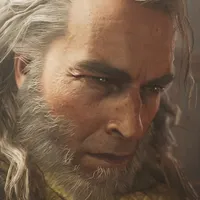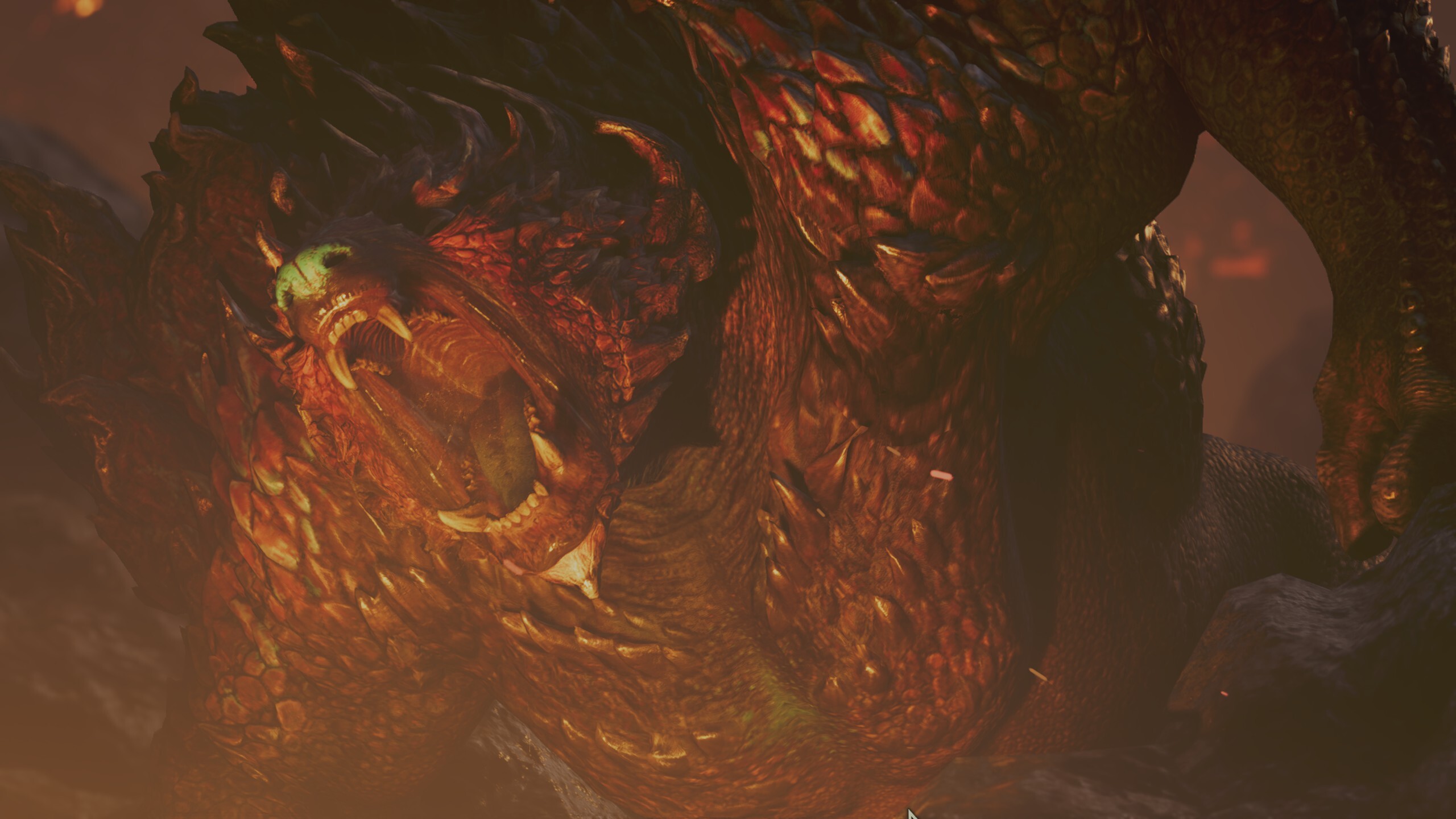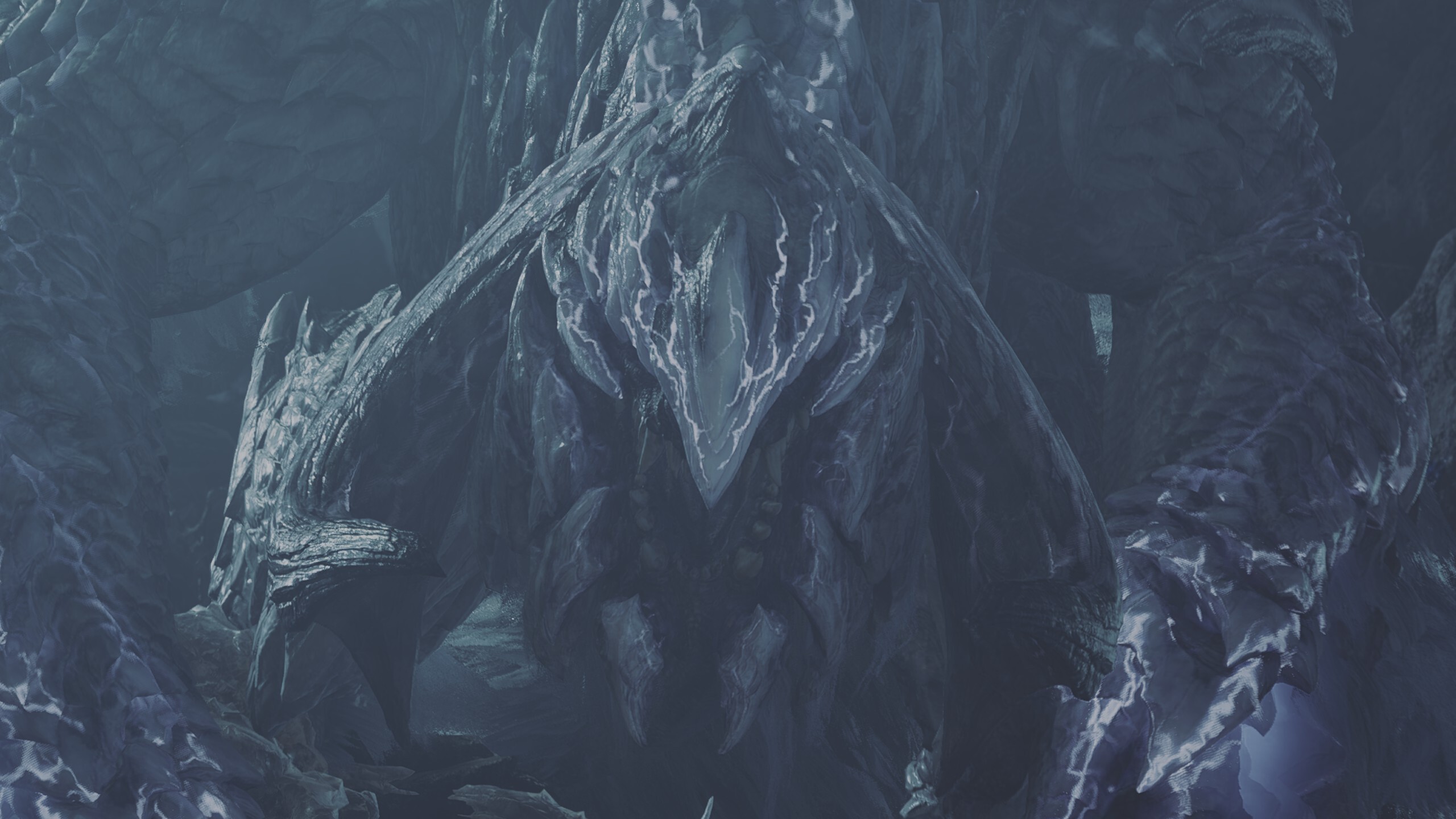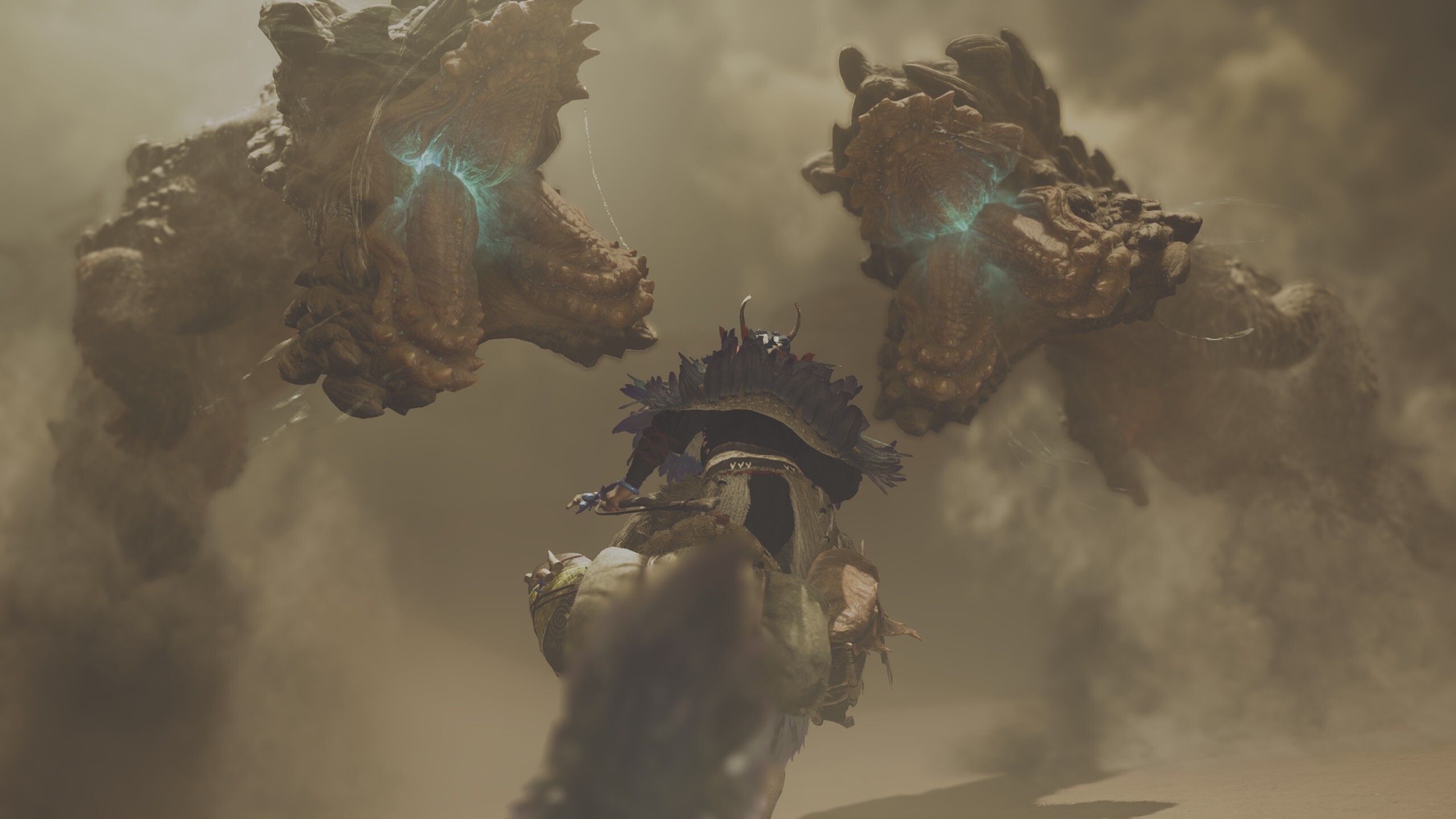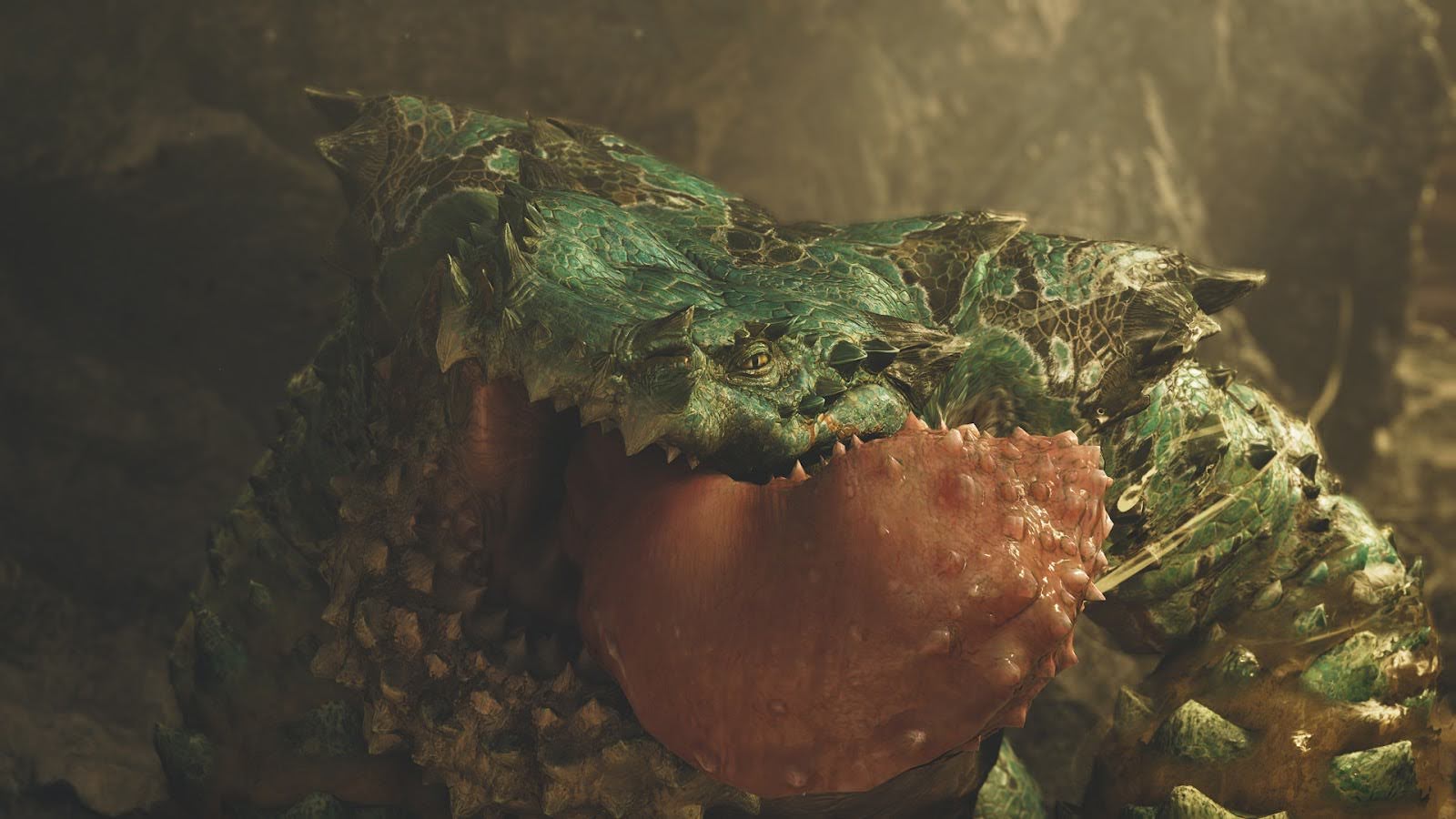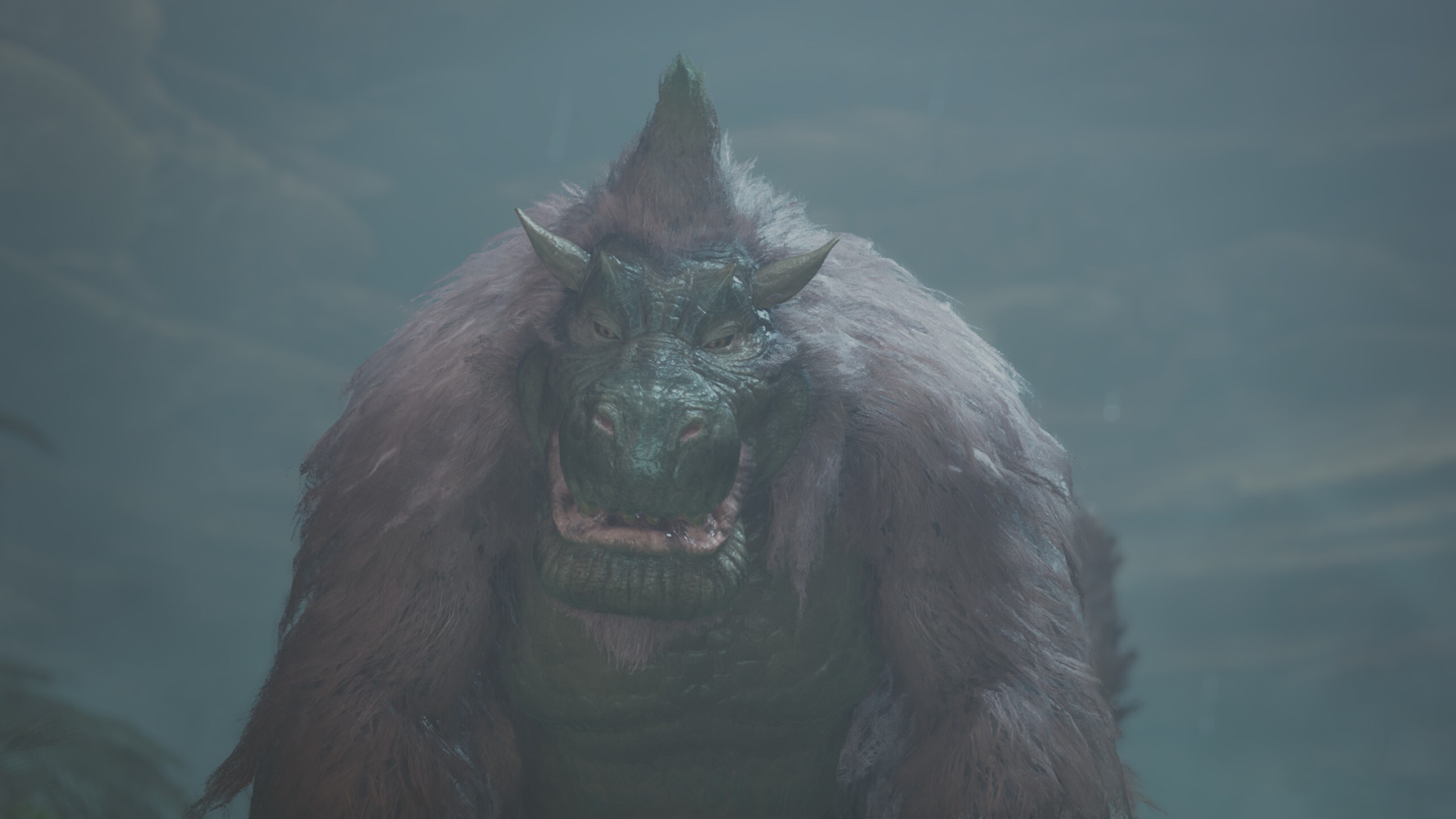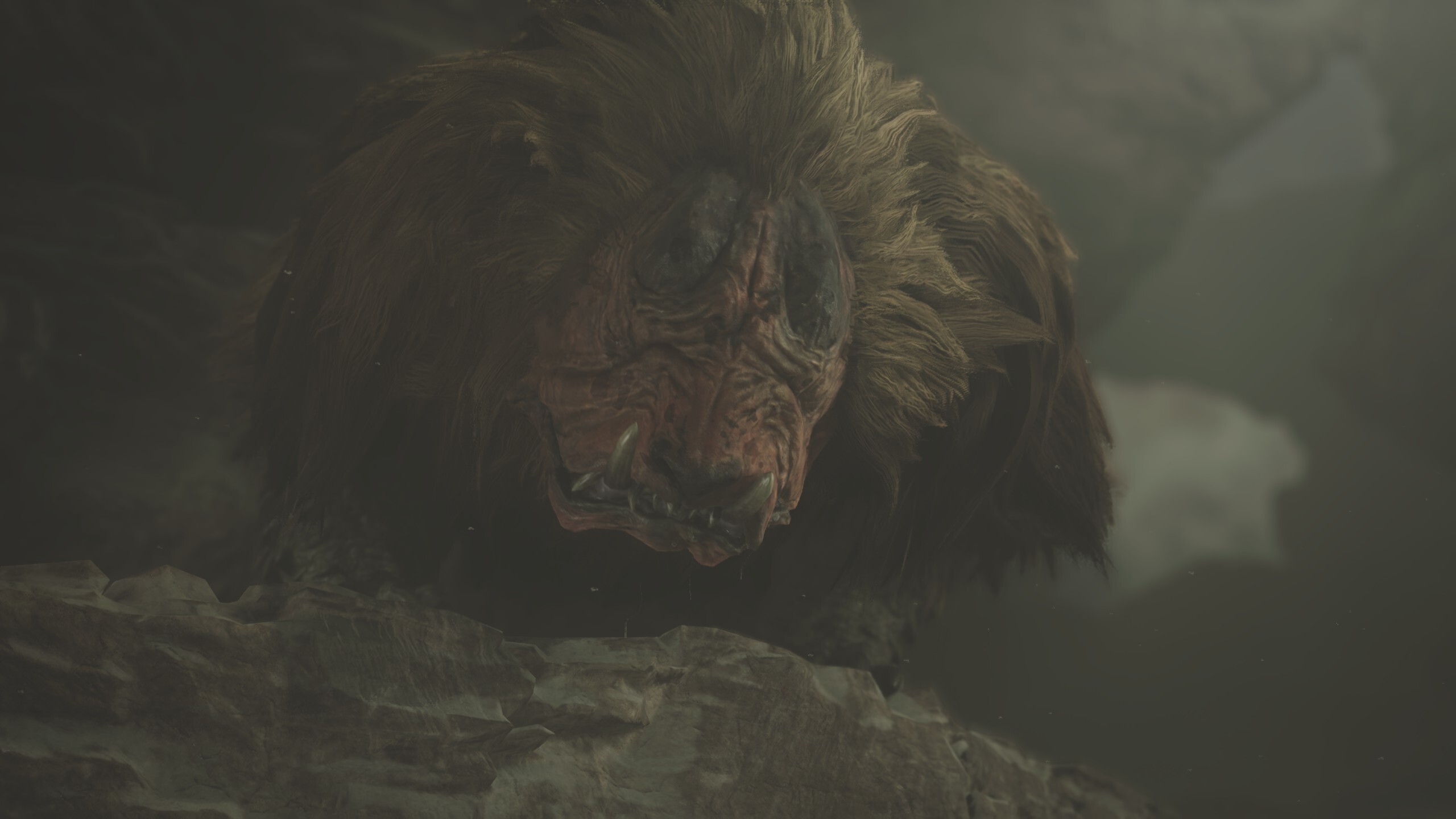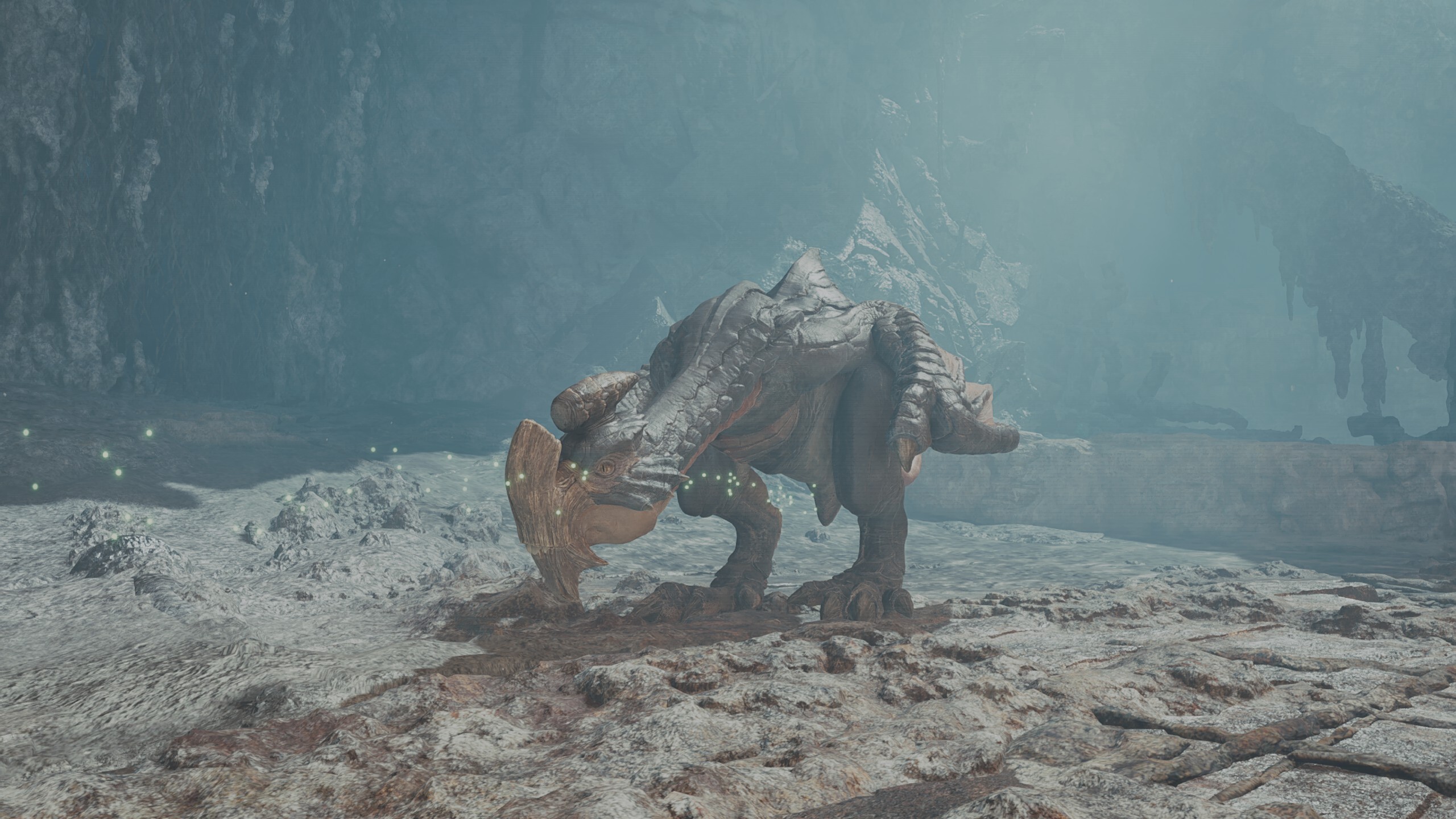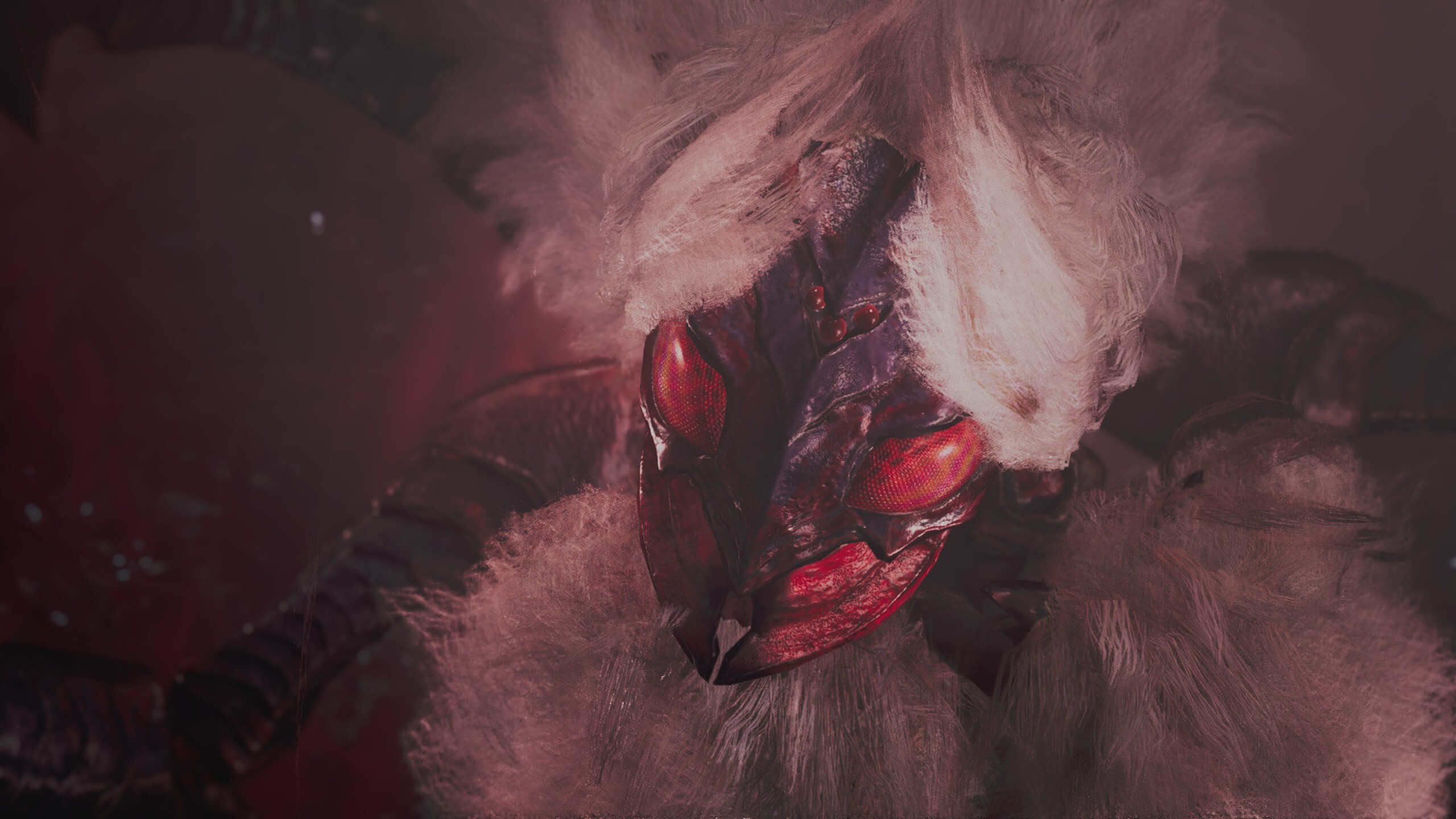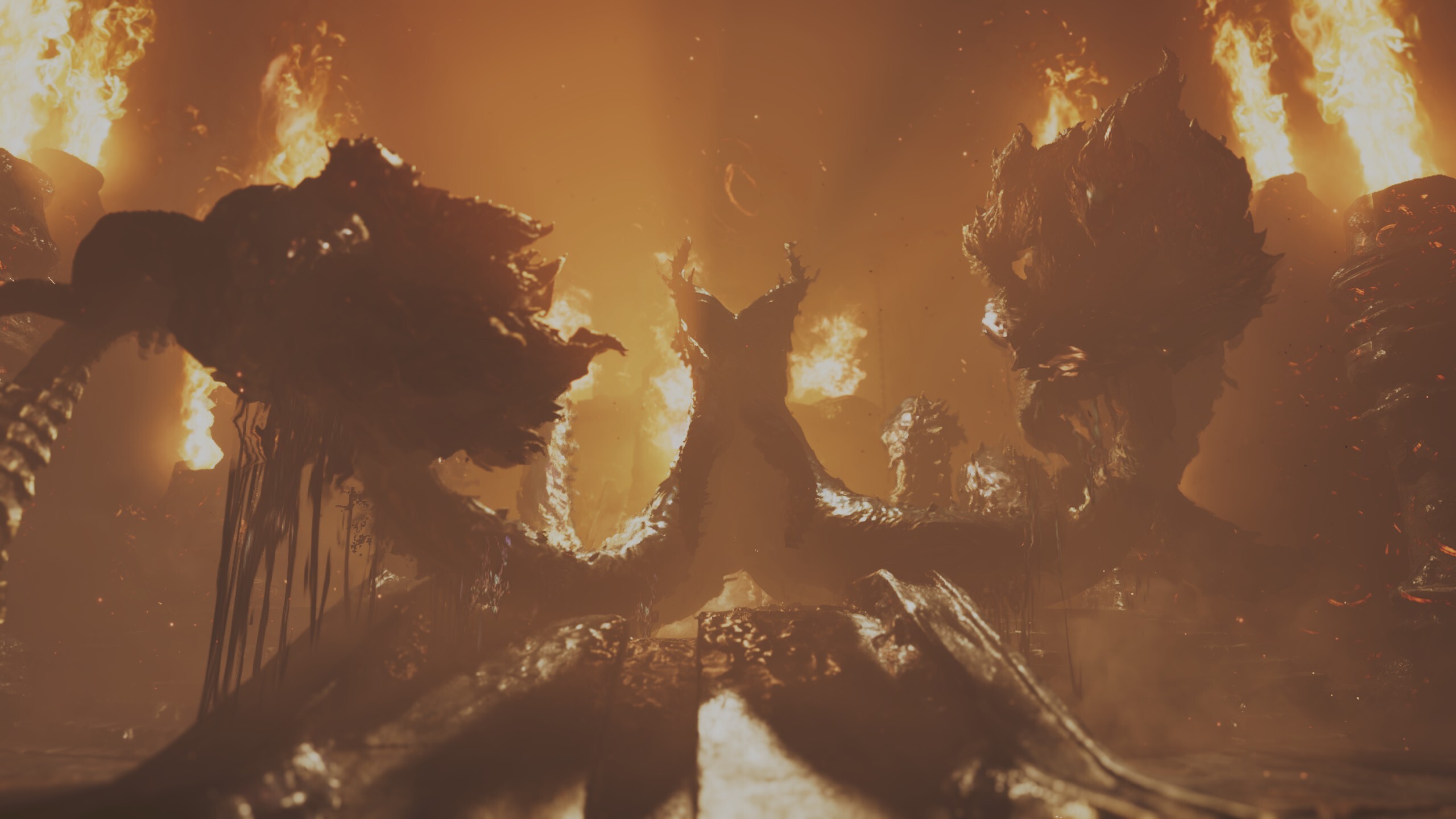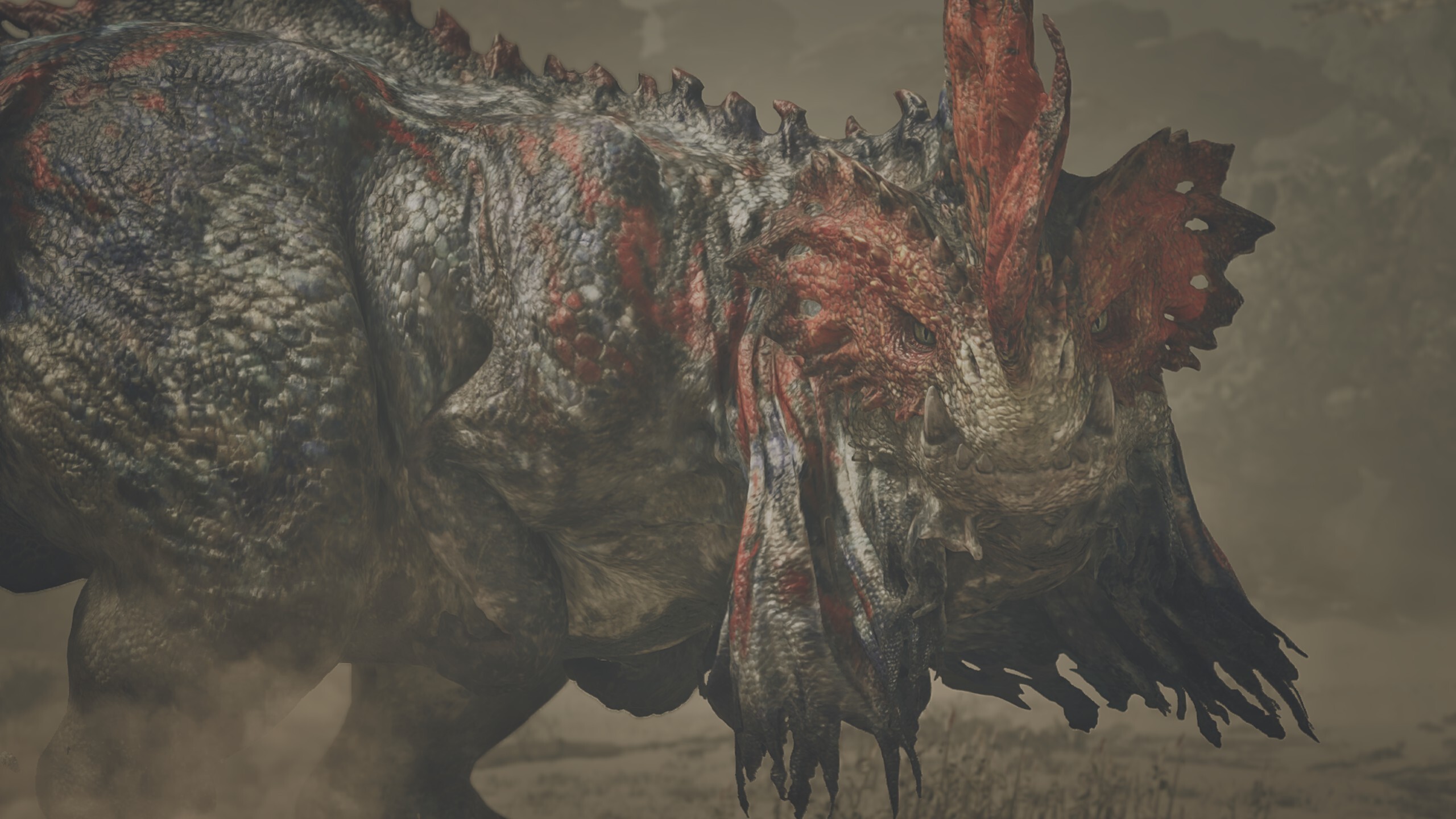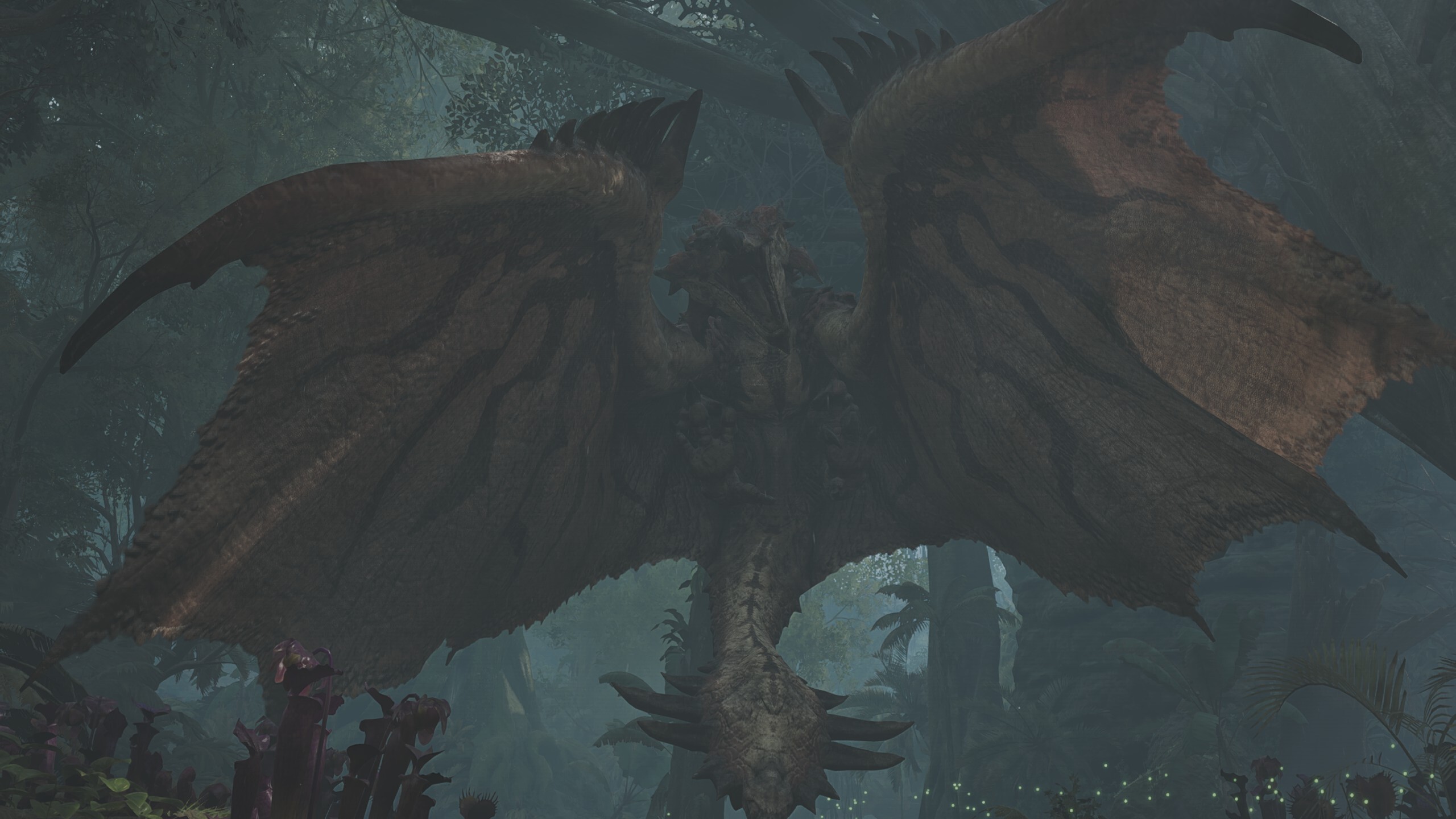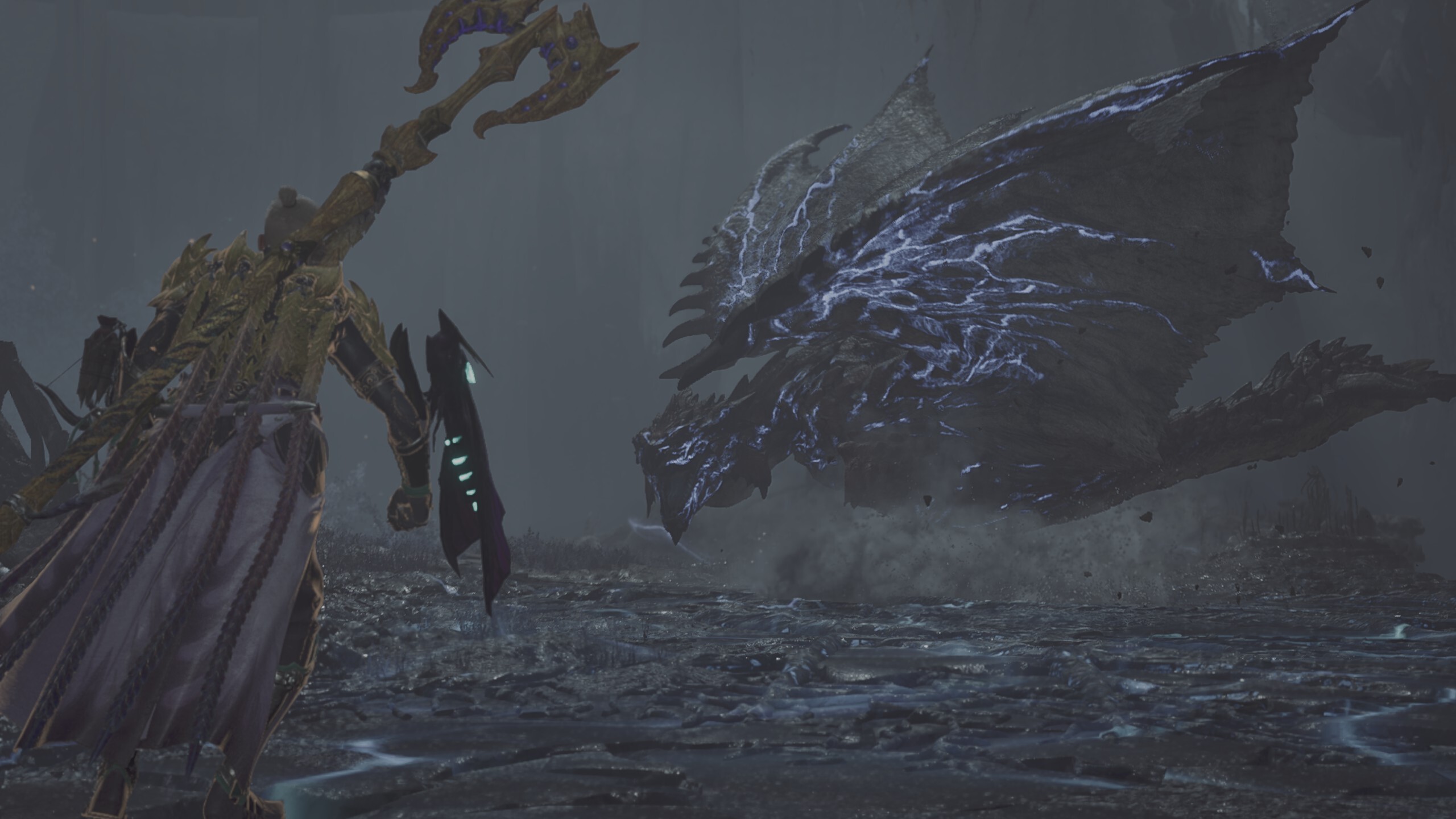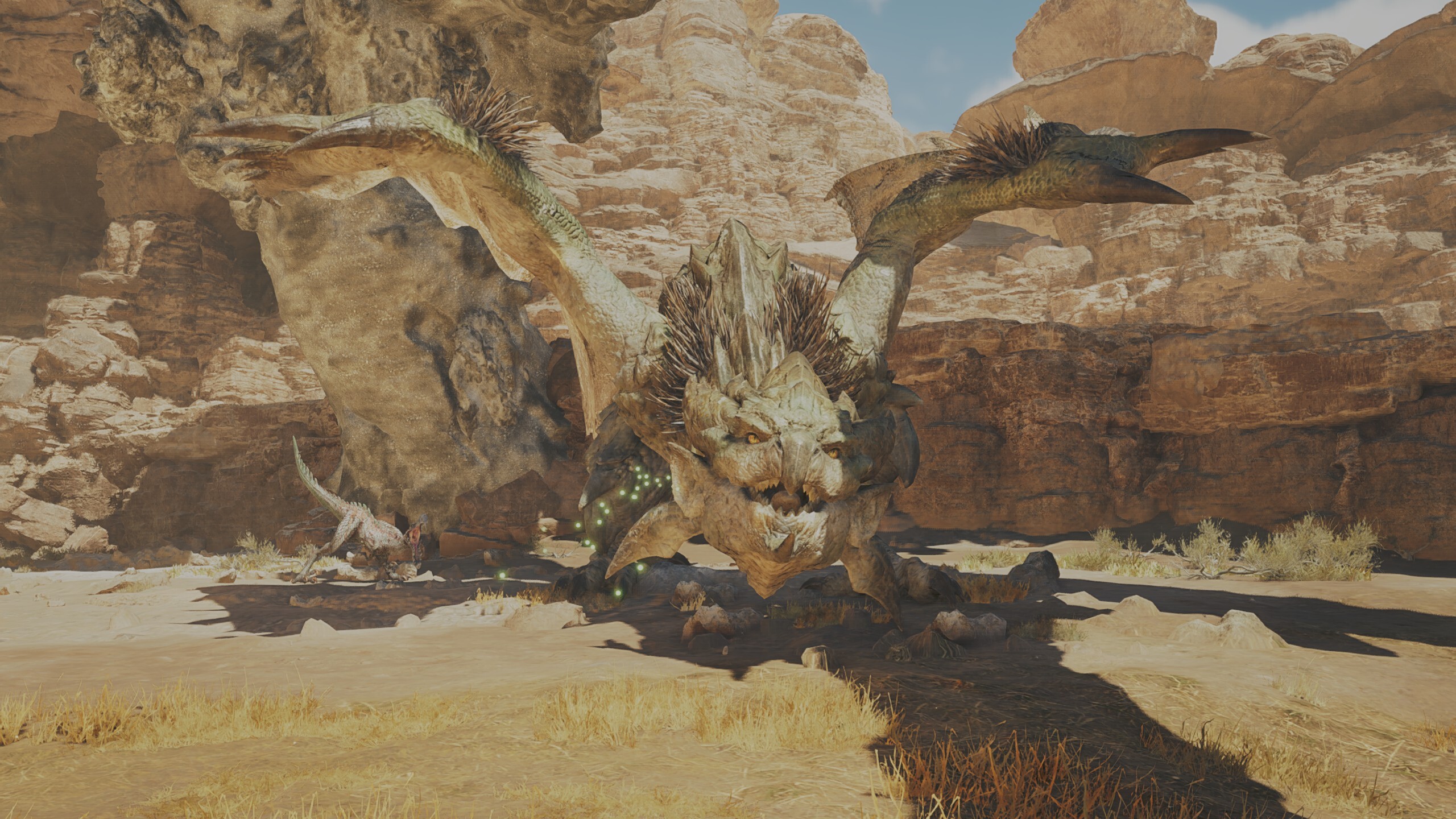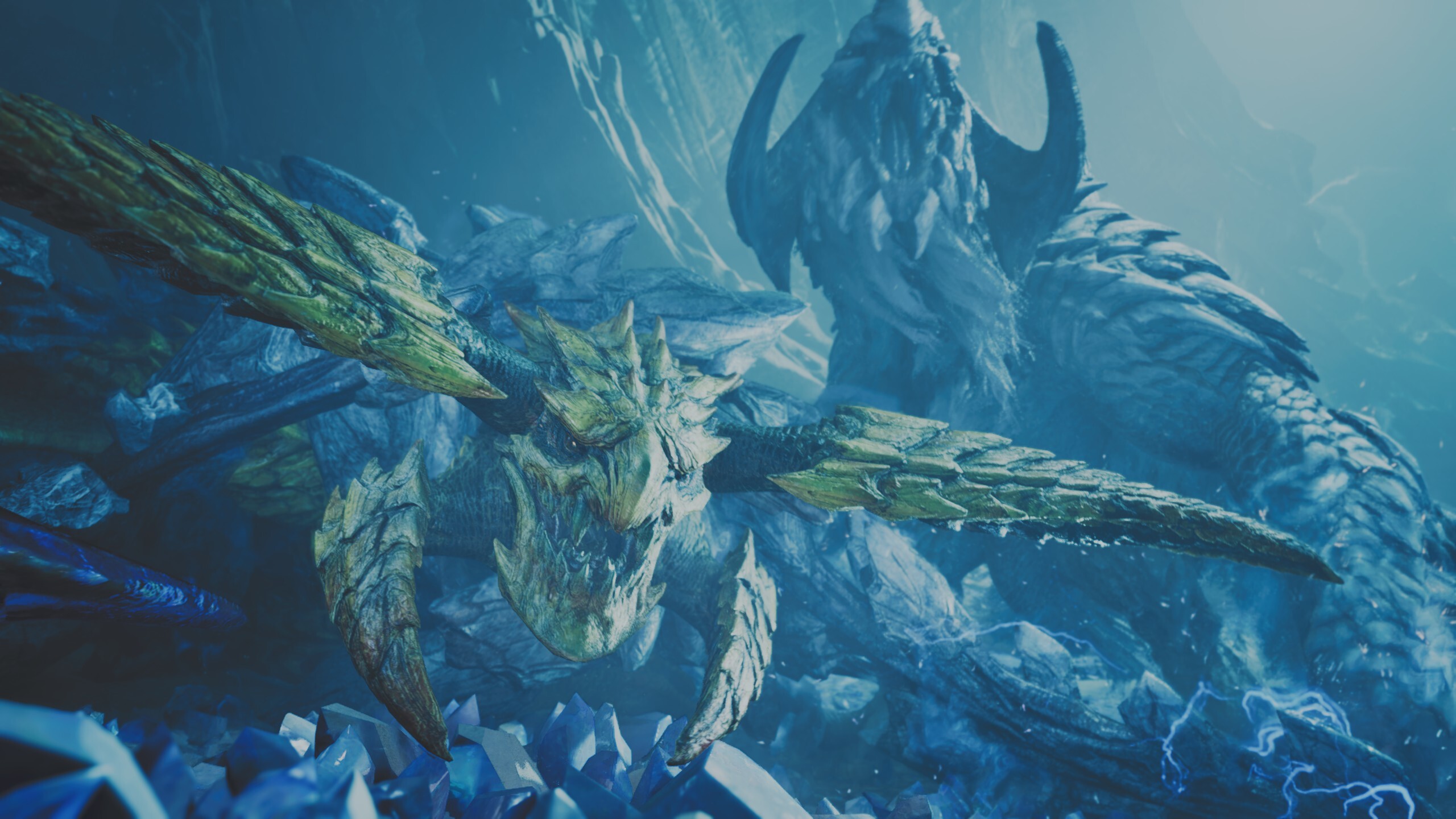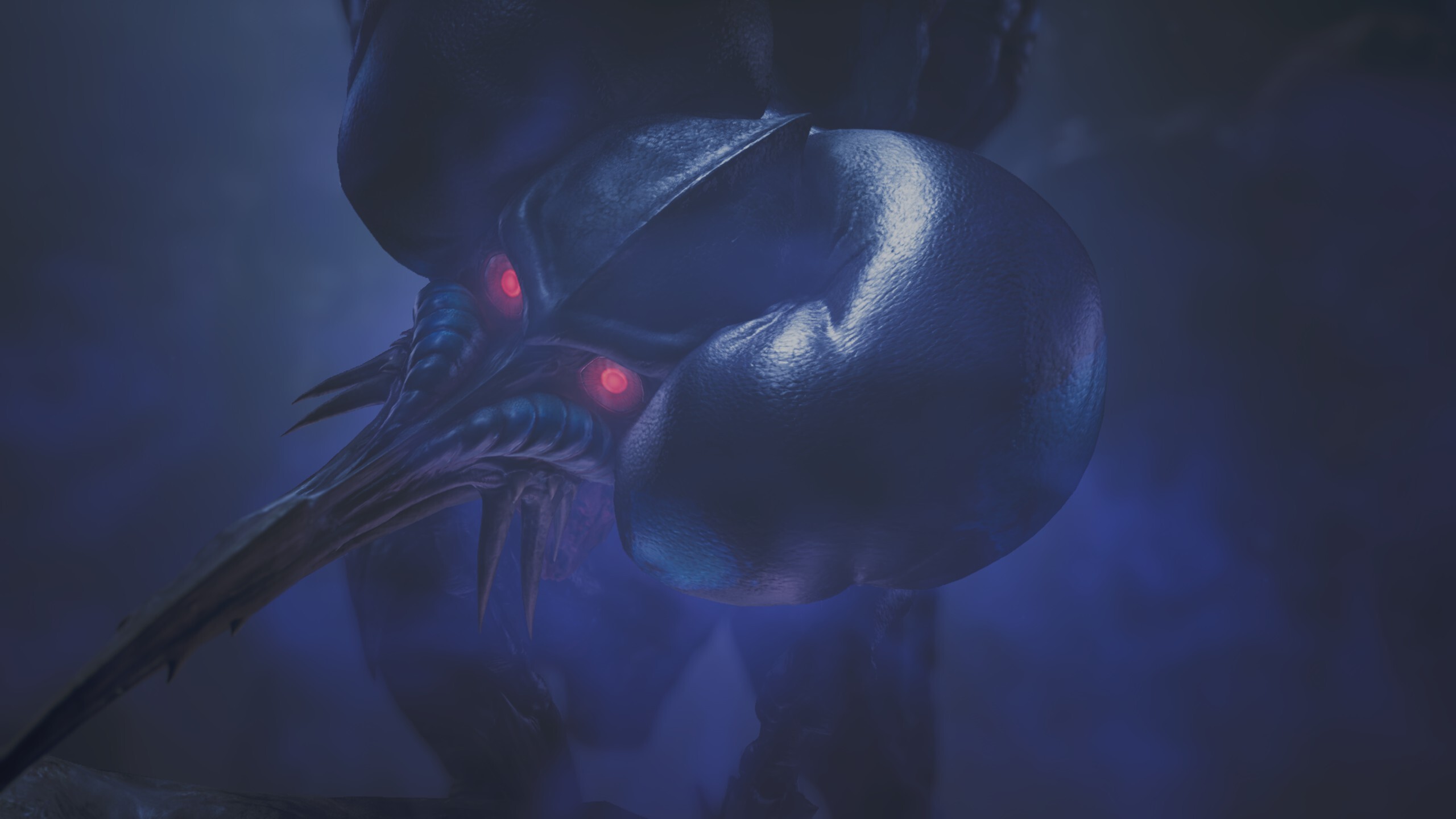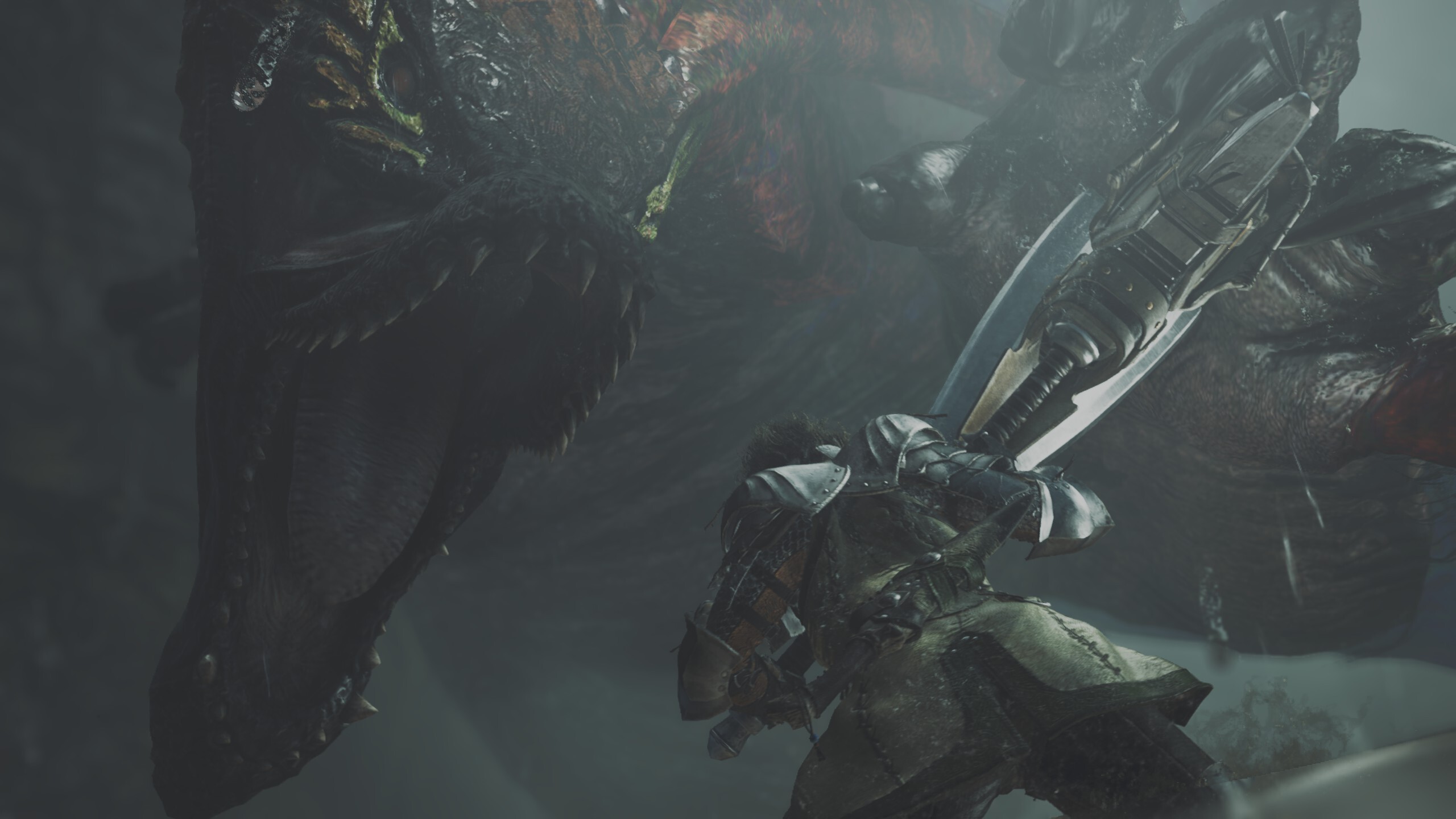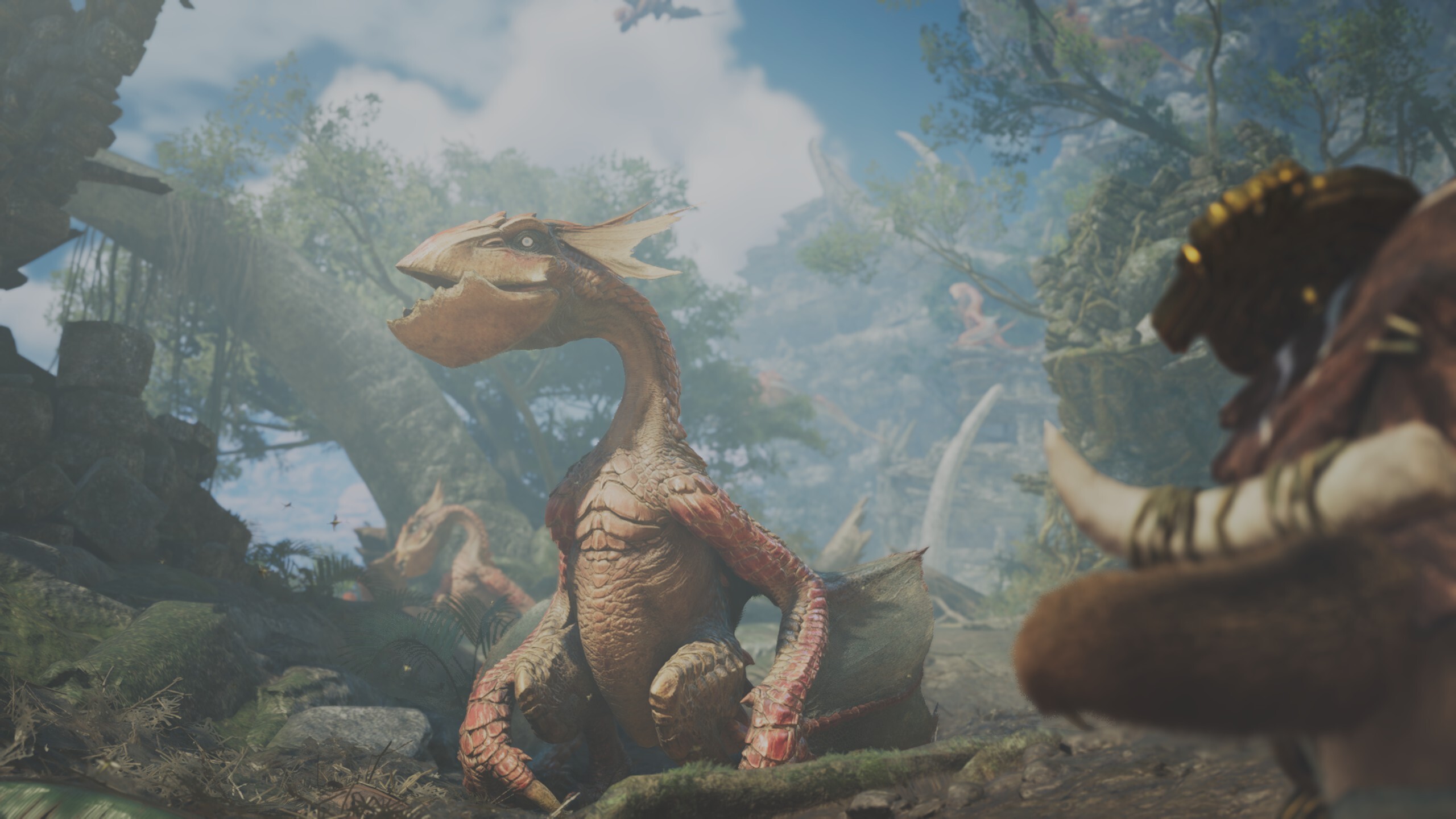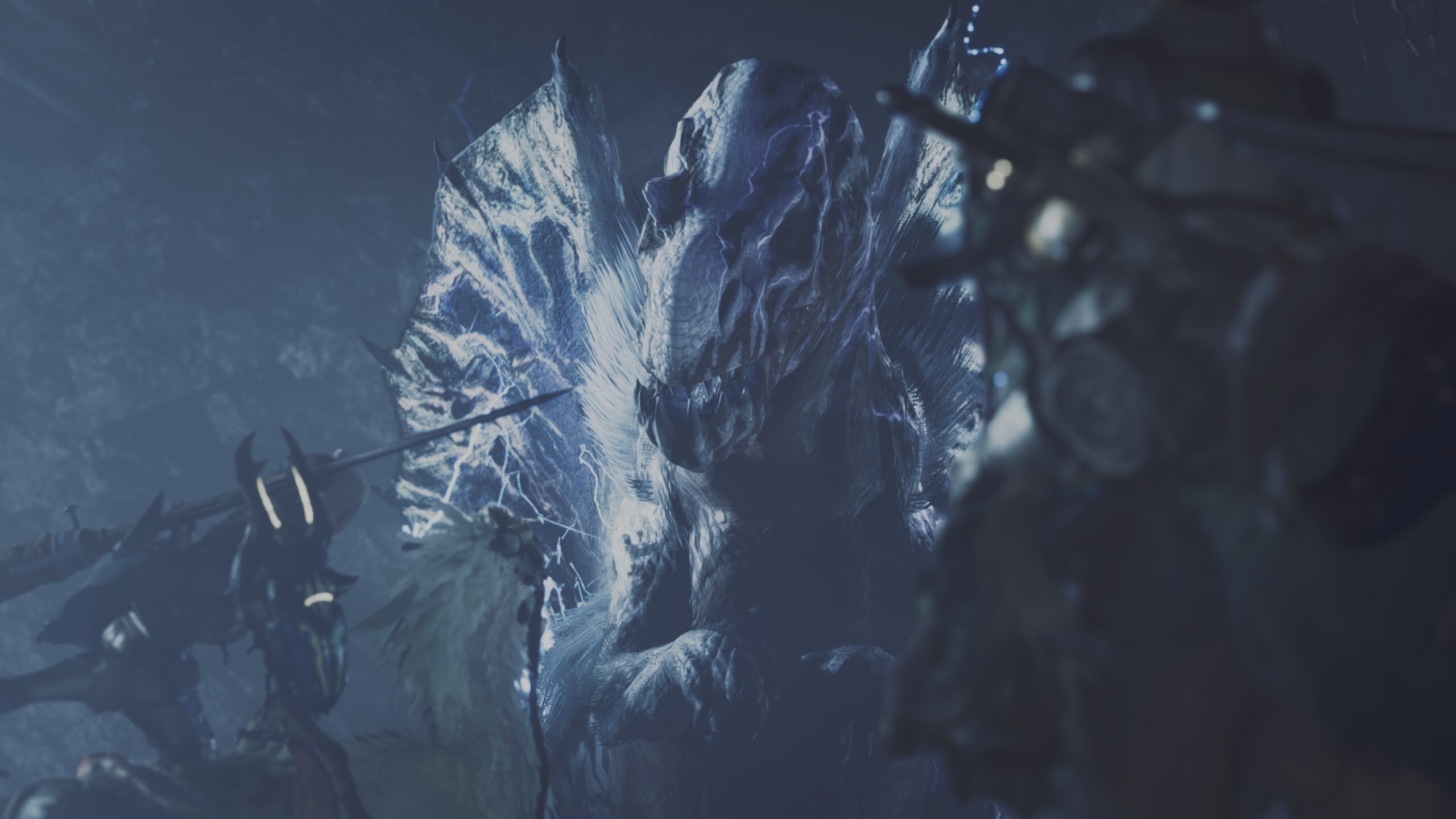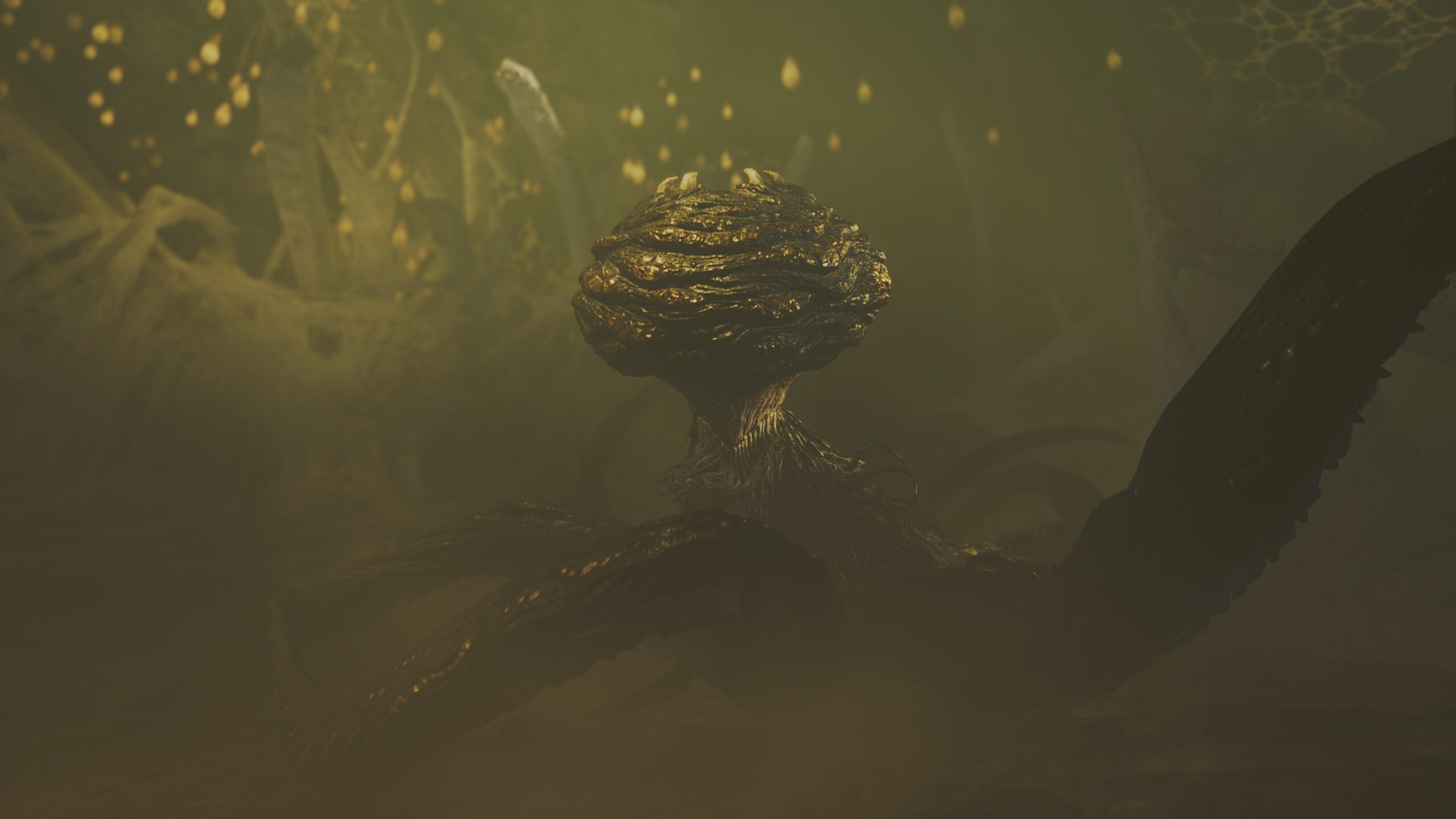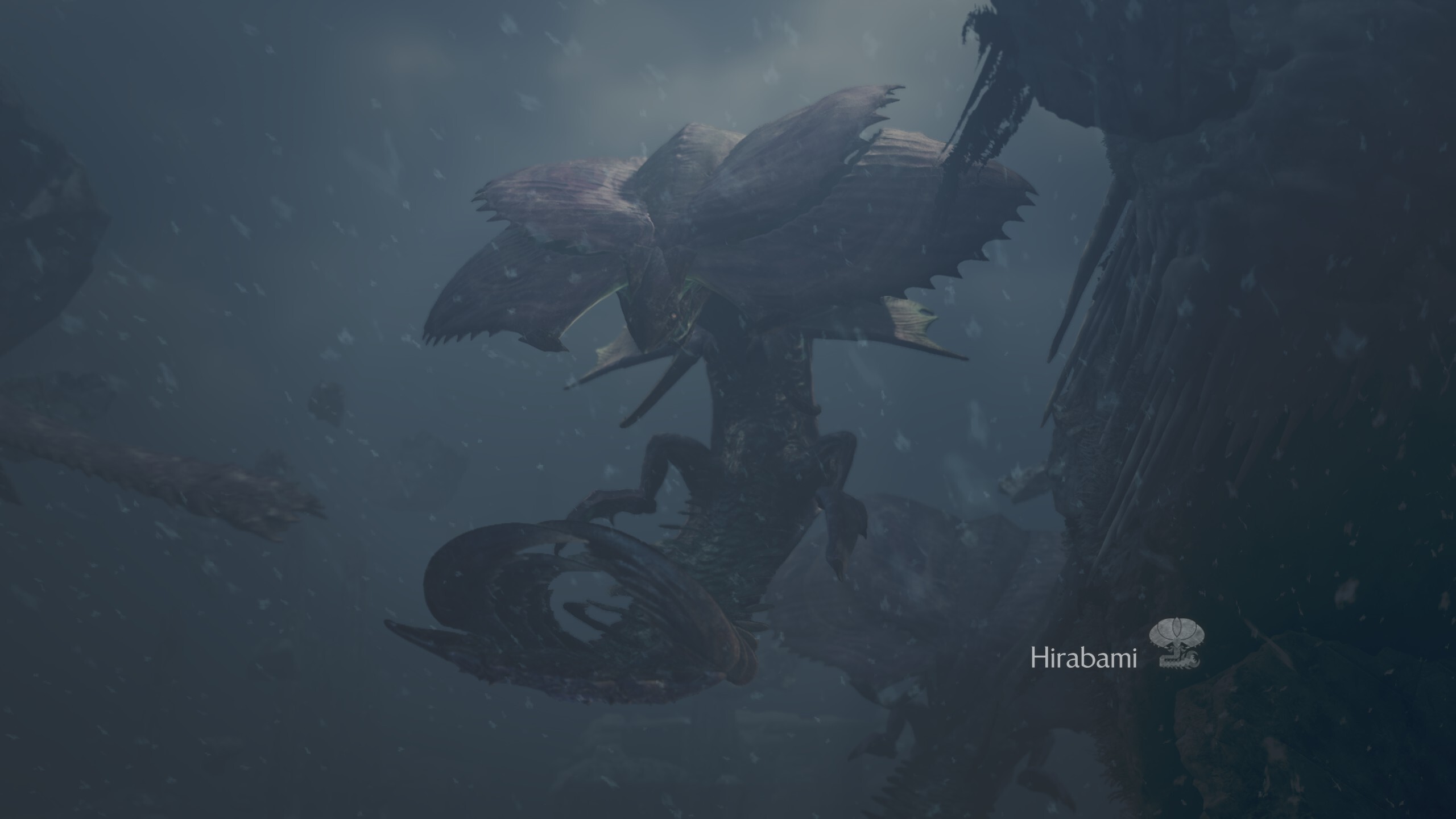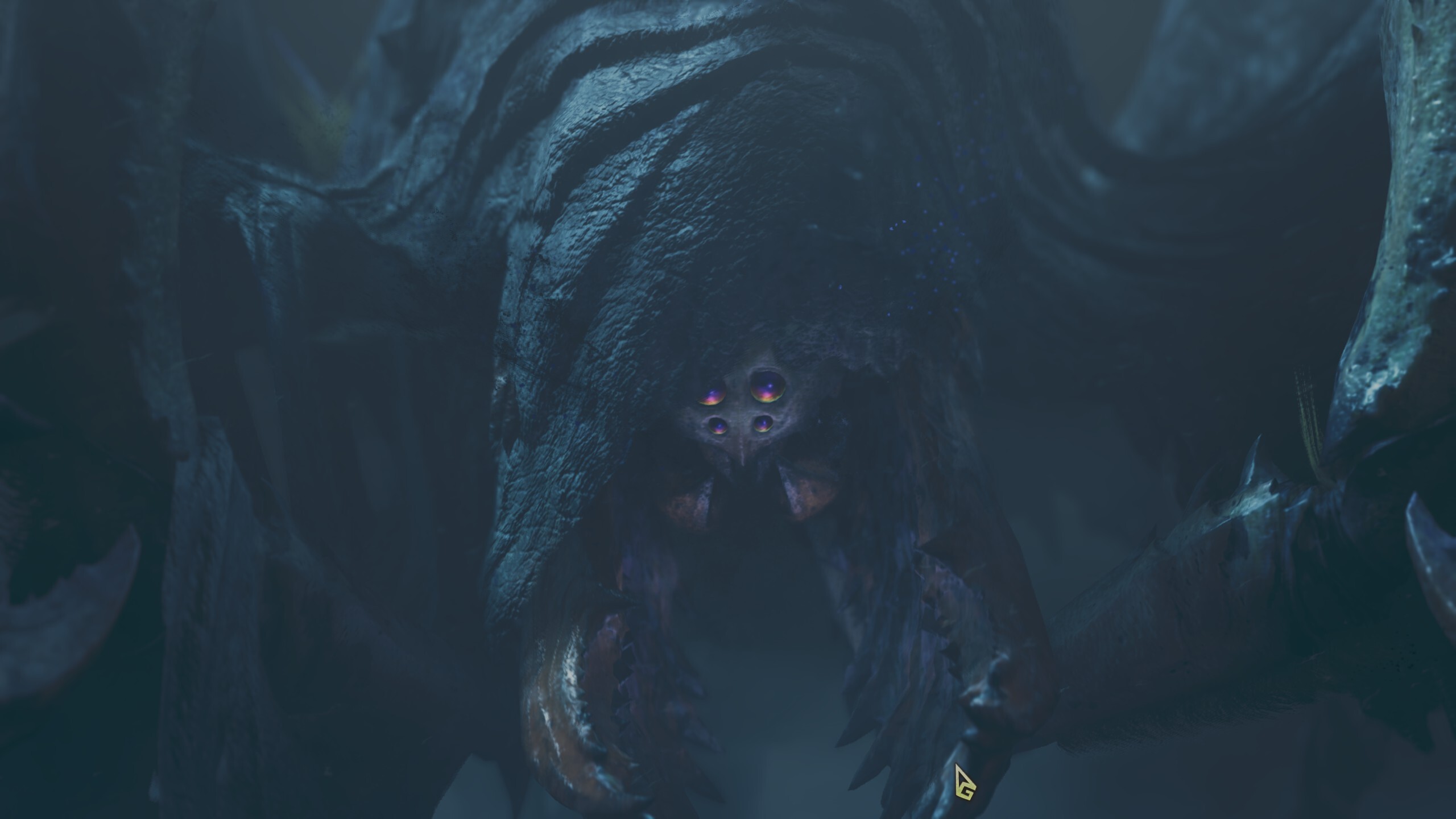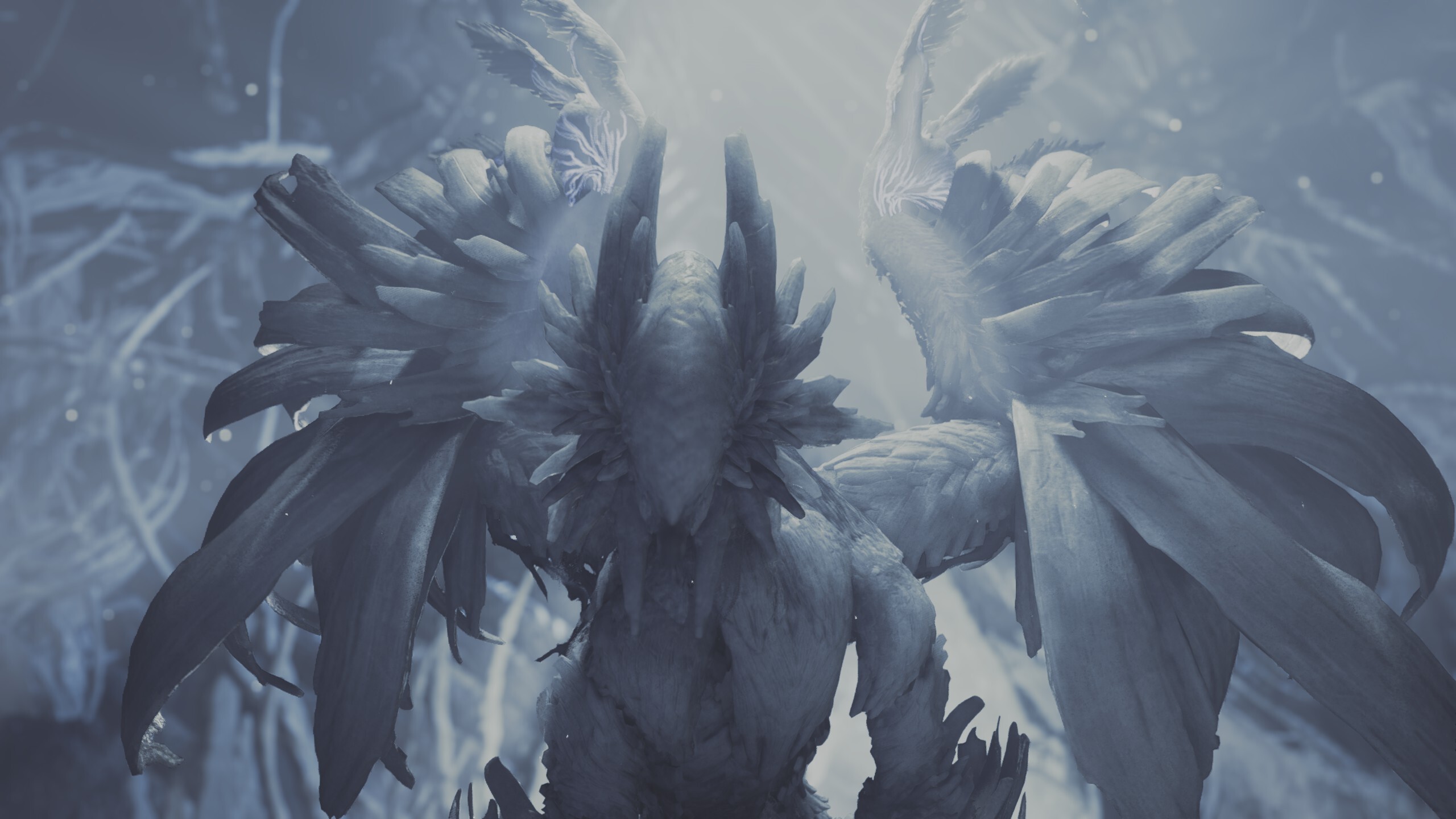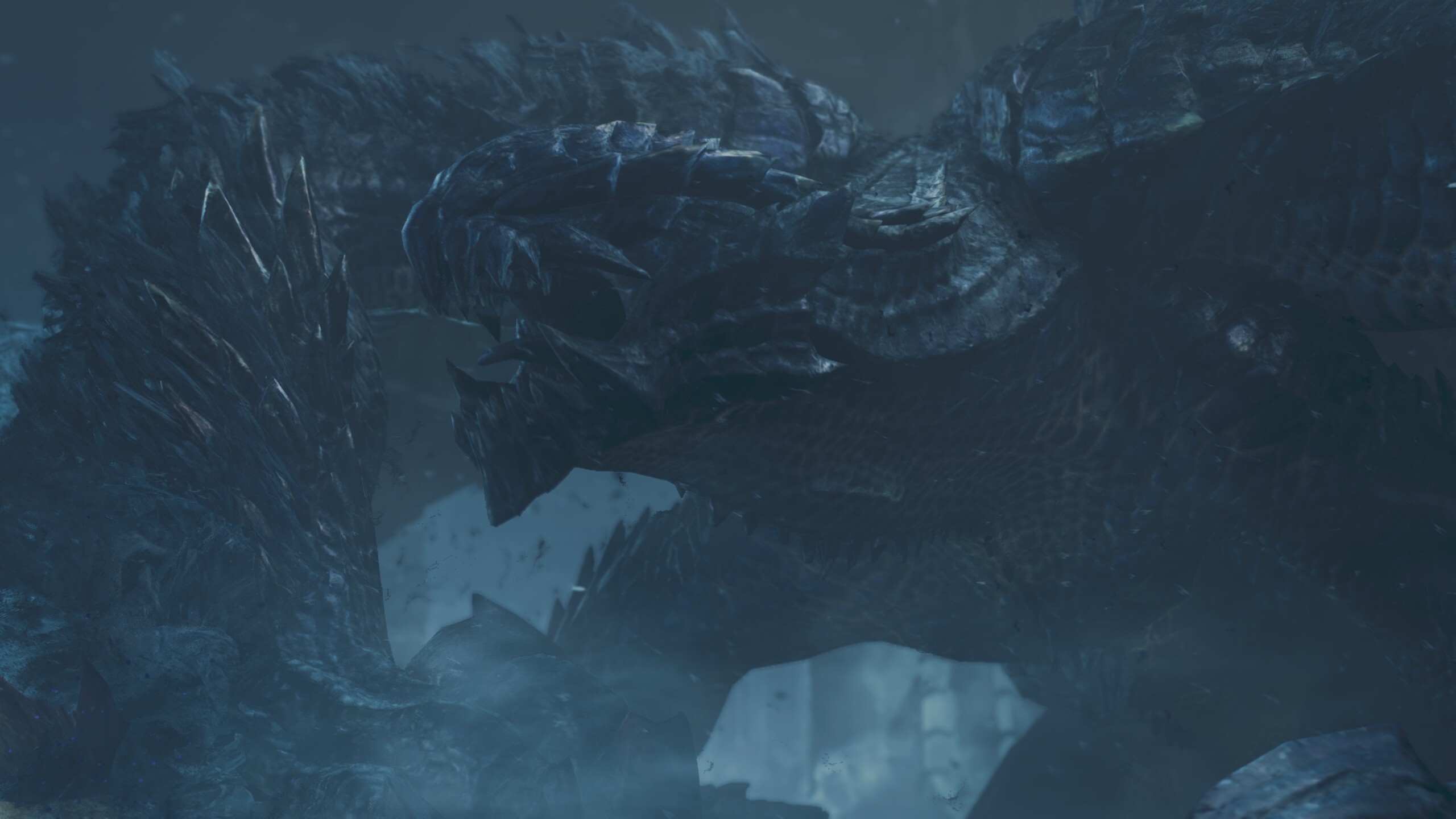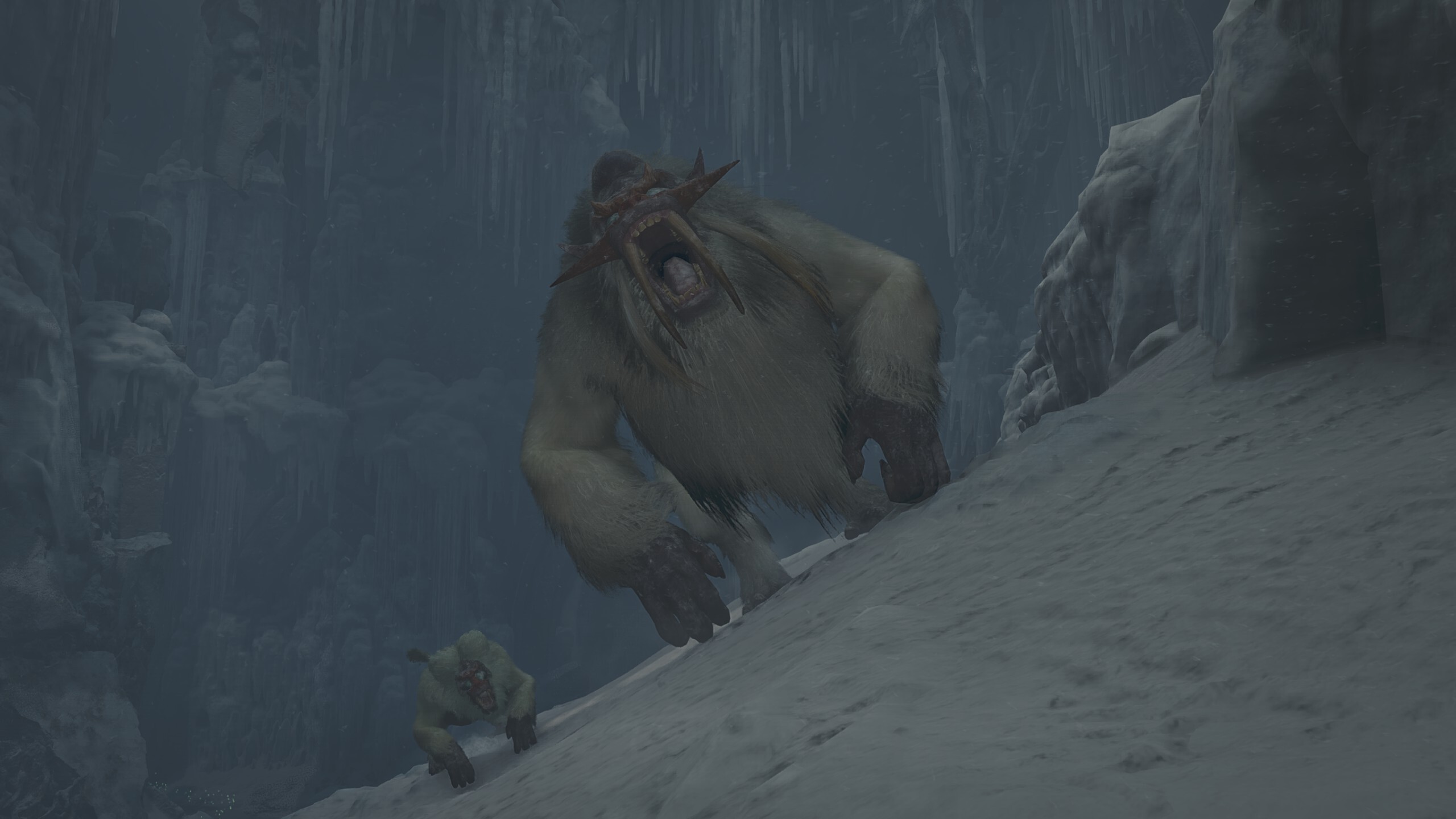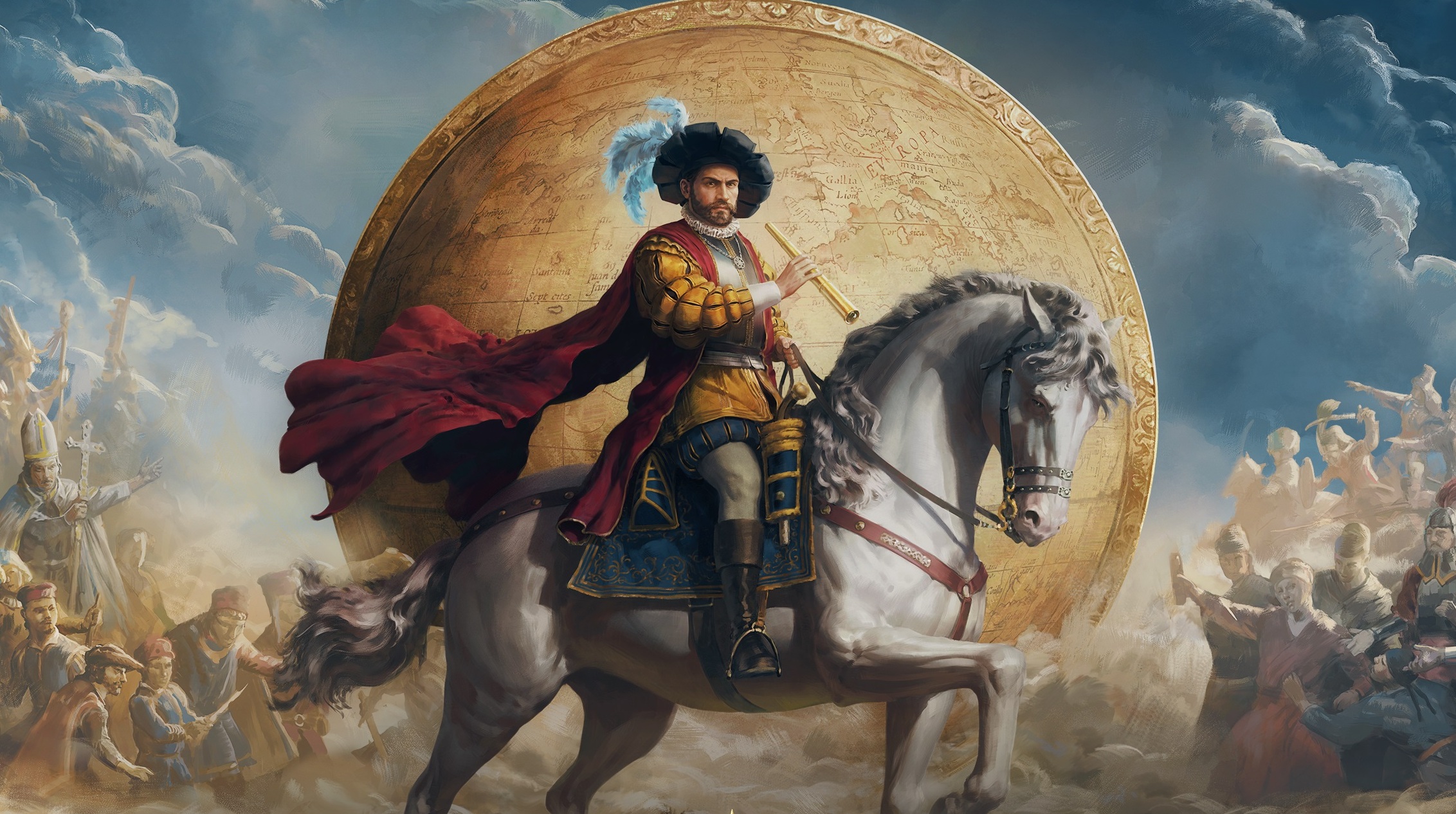All monsters in Monster Hunter Wilds
A hunting handbook for every new and returning monster.
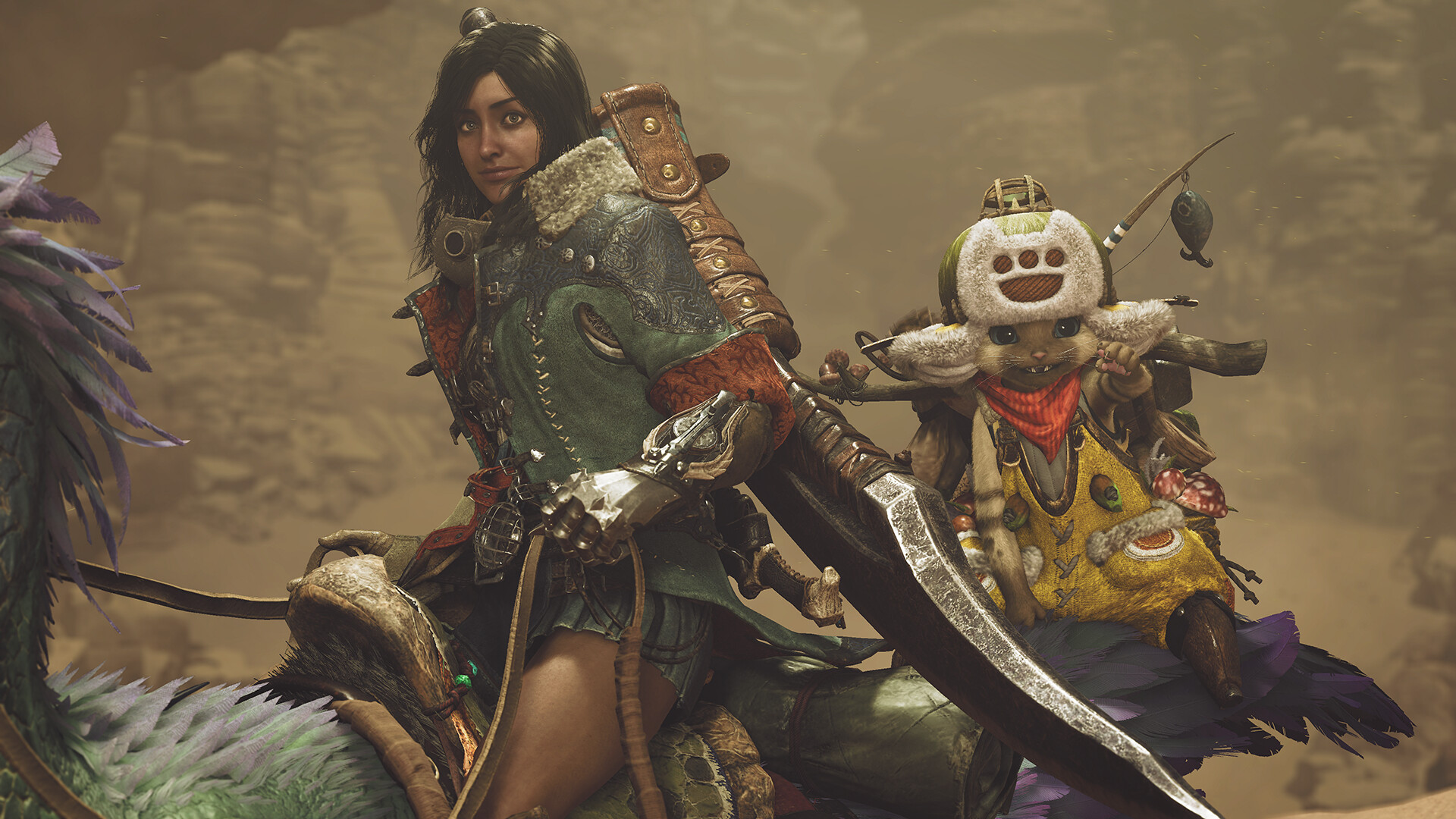
The Forbidden Lands are home to many strange and terrifying creatures in Monster Hunter Wilds, so it's worth studying up on each and every one of them. Preparation is, after all, half of the hunter's job—even if that preparation only involves deciding which armor piece would most improve your outfit so you know which beast to target first. No matter what threats face you, every hunter's greatest prize is fashion at the end of the day.
Below you'll find the full monster list in Wilds, including beasties introduced after you've completed the story and progressed into High Rank. You'll also get a sense of how to find and beat them, so you can turn them into fancy new threads.
Looking for more hunting tips? Check out our Monster Hunter Wilds guide hub for all the G-Rank advice we've crafted so far.
Monster Hunter Wilds monster list
There are 29 large monsters to hunt in Monster Hunter Wilds, with a welcome mix of both new beasts and returning favourites (17 and 12 respectively). However, it's worth noting that some are technically just suped-up versions. You'll learn more about why this is as you progress through the main story, but some monsters have a Guardian version, which are considered separate monsters.
You'll be introduced to most of these one by one throughout the story, easing you into your role as a monster slayer and fashionista. However, there are a few that you'll only meet as you chip away at High Rank.
Obviously, this list contains all the monsters, including later High Rank ones, so... spoilers.
Monster | Location | Element/Ailment | Weakness |
|---|---|---|---|
Chatacabra | Windward Plains | - | Ice, Thunder |
Quematrice | Windward Plains, Wyveria | Fire, fireblight | Water |
Lala Barina | Scarlet Forest, Wyveria | Paralysis | Fire |
Congalala | Scarlet Forest, Wyveria | Stench | Fire, Ice |
Balahara | Windward Plains | Water, waterblight | Thunder |
Doshaguma | Windward Plains, Scarlet Forest, Wyveria | - | Fire, Thunder |
Uth Duna | Scarlet Forest | Water, waterblight | Thunder |
Rompopolo | Oilwell Basin | - | Water |
Rey Dau | Windward Plains | Thunder, thunderblight | Water, Ice |
Nerscylla | Oilwell Basin, Iceshard Cliffs, Wyveria | - | Fire, Thunder |
Hirabami | Iceshard Cliffs, Wyveria | Ice, iceblight | Fire, Thunder |
Ajarakan | Oilwell Basin, Wyveria | Fire, blastblight | Water, Ice |
Nu Udra | Oilwell Basin | Fire, fireblight | Water |
Guardian Doshaguma | Wyveria | - | Fire, Ice, Thunder, Dragon |
Guardian Rathalos | Wyveria | Fire, fireblight, poison | Thunder, Dragon |
Jin Dahaad | Iceshard Cliffs | Ice, iceblight | Fire |
Guardian Ebony Odogaron | Wyveria | Dragon, dragonblight | Water |
Xu Wu | Wyveria | - | Ice |
Guardian Arkveld | Wyveria | Dragon, dragonblight | Dragon |
Zoh Shia | Wyveria | Dragon, fire, fireblight, thunder, thunderblight | Dragon |
Yian Kut-Ku | Scarlet Forest, Iceshard Cliffs | Fire, fireblight | Water, Ice, Thunder |
Gypceros (HR) | Windward Plains, Oilwell Basin, Iceshard Cliffs, Wyveria | Stun, poison | Fire, Ice |
Rathian (HR) | Windward Plains, Scarlet Forest, Oilwell Basin | Fire, fireblight, poison | Thunder, Dragon |
Guardian Fulgur Anjanath (HR) | Wyveria | Thunder, thunderblight | Water, Ice, Dragon |
Rathalos (HR) | Scarlet Forest, Oilwell Basin, Wyveria | Fire, fireblight, poison | Thunder, Dragon |
Blangonga (HR) | Iceshard Cliffs | Ice | Fire, Thunder |
Gravios (HR) | Oilwell Basin, Wyveria | Fire, fireblight, poison, sleep | Water, Ice, Dragon |
Gore Magala (HR) | Iceshard Cliffs | Frenzy | Fire, Thunder, Dragon |
Arkveld (HR) | Windward Plains, Scarlet Forest, Oilwell Basin, Wyveria | Dragon, dragonblight | Dragon |
Ajarakan
- Monster Class: Fanged Beast
- Habitat: Oilwell Basin, Wyveria
Ajarakan is a hyper-aggressive, hulking primate in a similar vein as long-time monster favorite Rajang. But where Rajang is a lightning-charged, Super Saiyan ape, Ajarakan is more of a metal-plated mandrill. Monster Hunter isn't a series that's content to settle with a steel-encased baboon, however. When Ajarakan's enraged, it'll rake its own shell with its claws until the metal plating is molten-hot. You'll want to bring a Cool Drink and a Water weapon with you when hunting Ajarakan.
Keep up to date with the most important stories and the best deals, as picked by the PC Gamer team.
Arkveld
- Monster Class: Wyvern
- Habitat: Windward Plains, Scarlet Forest, Oilwell Basin, Iceshard Cliffs, Wyveria
Called "The White Wraith" by the inhabitants of the Forbidden Lands, Arkveld is the mascot monster for Wilds, and it factors heavily into the story, having destroyed Nata's home village.
Extending from Arkveld's forelimbs are two whip-like appendages that give this wyvern incredible range. Arkveld can even enhance these whips to deal Dragon damage. You'll want to keep close with a melee weapon or stay far away with a ranged weapon to avoid these chainblades.
Oddly, Arkveld is actually weak to Dragon damage, though you'll only get access to a weapon of this element once you've killed this monster the first time. Otherwise, Poison and Paralysis are as strong as always.
Balahara
- Monster Class: Leviathan
- Habitat: Windward Plains
Leviathan monsters tend to be aquatic, but Balahara instead occupies the sands of the Windward Plains as an ambush predator. Its coiled, spiraling scales let it burrow beneath the sand to create quicksand traps to swallow hunters and other monsters.
Being a Water monster, it's a good idea to bring a Thunder or Paralysis weapon along with you.
Chatacabra
- Monster Class: Amphibian
- Habitat: Windward Plains
One of the introductory hunt targets in Wilds, Chatacabra is a frog-like amphibian monster. While it can use its long tongue to attack, its primary utility is coating the Chatacabra's forearms with a thick, adhesive saliva which lets the monster attach environmental materials to strengthen its attacks. It's, you know, gross. Still, points for ingenuity.
Congalala
- Monster Class: Fanged Beast
- Habitat: Scarlet Forest, Wyveria
First introduced in Monster Hunter 2, Congalala is a returning foe with a famed reputation—not for its striking pink pelt, not for its ripping claws and simian strength, but for its flatulence. Congalala farts, and Congolala farts to kill. Hunters caught in the blast radius suffer the Stench status, preventing them from eating any consumables and requiring a Deodorant to freshen up.
Congalala also gains different breath attacks by eating different varieties of mushrooms. Toadstools will let it breathe clouds of poison, while Nitroshrooms let it belch out clouds of fiery plumes of explosive spores.
Oh, and it can throw dung at you. Watch out for that.
Doshaguma
- Monster Class: Fanged Beast
- Habitat: Windward Plains, Scarlet Forest, Wyveria
Somewhere between a bear, a lion, and a mole-rat, the Doshaguma is a burly, shaggy powerhouse, capable of tearing up huge chunks of earth when it's enraged. The biggest, most aggressive specimens are the Alpha Doshaguma—red-pelted variants that are accompanied by packs of its fellow monsters.
Guardian Doshaguma
- Monster Class: Fanged Beast (Construct)
- Habitat: Wyveria
Like the rest of the Guardian monsters, these are genetically-altered monsters which act more or less like they're standard counterparts. With that said, the Guardian Doshaguma does gain an energy blast that makes them more dangerous.
Gravios
- Monster Class: Flying Wyvern
- Habitat: Oilwell Basin, Wyveria
Another series mainstay, Gravios has been absent from the Monster Hunter roster since Generations Ultimate, but it's back in Wilds as potential quarry—in more ways than one. A flying wyvern in name only, Gravios is left landbound by its thick, rocky plating that can shrug off most weapon attacks.
Gravios can vent sleep and poison gas to threaten hunters trying to chip away at its stony exterior, but its most recognizable ability is its fire beam: a high-intensity heat ray that it can expel from its mouth. It's a dangerous attack, but the heat is so intense that it temporarily softens Gravios's plating, providing a great opportunity to crack its shell.
Gypceros
- Monster Class: Bird Wyvern
- Habitat: Windward Plains, Oilwell Basin, Wyveria
Following its debut in the original Monster Hunter, the Gypceros returns in Wilds. As one of the heaviest bird wyverns, the Gypceros is a pretty intimidating beast already, and that's before you've experienced how quick they are to play dead in an attempt to outsmart any hunter. Delivering bright, dizzying flashes and a mass of toxic fluids, there's a lot to factor into your next encounter with one.
Lala Barina
- Monster Class: Temnoceran
- Habitat: Scarlet Forest, Wyveria
Lala Barina is like if a dracula was a giant wooly spider made out of knives and spears. Nesting in webs of crimson silk in the Scarlet Forest and Wyveria regions, it can extend sets of scything claws from its forelimbs, while its abdomen boasts a retractable, impaling stinger.
When enraged, the Lala Barina can unfold its abdomen, appearing to bloom like a giant rose. When it does so, it can scatter bundled florets of its silk, which paralyze hunters on contact.
Nu Udra
- Monster Class: Cephalopod
- Habitat: Oilwell Basin
Nu Udra, also known as The Black Flame, is a huge, spined cephalopod that's constantly exuding oil, which it can ignite at will to produce gouts of fire. When enraged, it can set its entire body ablaze, adding additional fire damage to its tentacle slams and letting it whirl around to launch a barrage of flaming, explosive oil globs.
Thankfully, you can at the very least sever (and carve!) its tentacles to give you less to worry about as the fight goes on.
It bears a passing resemblance to the elder dragon Nakarkos, a giant squid-like monster first introduced in Monster Hunter Generations that encases its tentacles in the skeletons of other monsters.
Quematrice
- Monster Class: Brute Wyvern
- Habitat: Windward Plains, Wyveria
The Quematrice is one of the tyrannosaurish brute wyverns, but this one is crested and draped in sheets of sagging hide to give it an appearance resembling the mythological cockatrice. Given that the Spanish "quemar" means "to burn," I'll give you a few seconds to guess what its special talent is before I continue.
If your answer was "create horrible fire," you're right! The Quematrice can spread a flammable powder, which it can ignite with sweeps of its tail. Luckily, you can sever the tail to turn down the heat.
Rathalos
- Monster Class: Flying Wyvern
- Habitat: Scarlet Forest, Oilwell Basin, Wyveria
Rathalos, the flying wyvern mascot for the Monster Hunter series as a whole, makes an appearance once again in Wilds.
Having hunted Rathalos for years now, I think of it more as an old friend than a storied foe. At least, until I remember all the times it's refused to land while raking me with poisonous talons and strafing the area with fireballs. Ah, memories.
Weirdly, you'll encounter standard Rathalos after the Guardian Rathalos.
Guardian Rathalos
- Monster Class: Flying Wyvern (Construct)
- Habitat: Wyveria
The Guardian Rathalos is much like its standard counterpart, with a breadth of fire-breathing attacks. Nevertheless, Wyveria designed the Guardians to be stronger and stronger the Guardian Rathalos is. This suped-up wyvern can blast energy at you, keeping you on your toes even more.
Rathian
- Monster Class: Flying Wyvern
- Habitat: Windward Plains, Scarlet Forest, Oilwell Basin
What's the King of the Skies without the Queen of the Land? Like Rathalos, Rathian can utilize fiery breath attacks. Where Rathalos's main poison risk is its claws, however, Rathian's is its tail, which ends in a cluster of poisonous barbs. Not even severing the tail will keep her from being able to poison you—a mystery that baffles the brightest hunter minds even to this day.
Rey Dau
- Monster Class: Flying Wyvern
- Habitat: Windward Plains
Rey Dau is the imposing apex predator of the Windward Plains, where it most often appears during the lightning storms that sweep across the region during the Sandtide. Able to harness the lightning strikes for its own ends, it can charge its bladed wings and tail with electricity, carving superheated streaks into the landscape as it attacks.
For its heaviest attack, Rey Dau can snap its horns forward to turn its head into an organic railgun, which lets it channel a blast of lightning capable of one-hitting an unwary hunter. Successfully dodging the blast gives, however, gives you an opportunity to land a focus strike on the Rey Dau's head as it cools down from the attack.
Rompopolo
- Monster Class: Brute Wyvern
- Habitat: Oilwell Basin
Rompopolo is a hateful creature. I mean, look at it. Vile thing.
If simply beholding a Rompopolo doesn't convince you that it's beyond any human capacity for mercy, all its nightmarish, bulbous sacs are filled with a poisonous gas, which it can inject into the oil-soaked silt of its home terrain to cause a violent explosion. Awful.
Uth Duna
- Monster Class: Leviathan
- Habitat: Scarlet Forest
Uth Duna is a large, bulky leviathan that acts as the apex predator of the Scarlet Forest region. It's right at home during the Downpour, when the Scarlet Forest floods with torrential rainwater. Capable of manipulating moisture, Uth Duna can use the Downpour's waters to veil itself in a protective barrier. Because of this, it's highly recommended you use a Thunder weapon to counter this beast.
Uth Duna looks—and seems to fight—like a cross between a Royal Ludroth and the elder dragon Namielle, slamming with its bulk, striking with its claws and fangs, and launching itself into water to send flood surges sweeping across the battlefield.
Yian Kut-Ku
- Monster Class: Bird Wyvern
- Habitat: Scarlet Forest, Iceshard Cliffs
Like Rathalos, Yian Kut-Ku has been around since the very first Monster Hunter game, although it's been absent from the last few mainline releases. Given its penchant for loud squawks, I'm sure that'll be a lovely acoustic experience for everyone involved.
The Yian Kut-Ku can launch fireballs from its beak, and it's recognizable for its characteristic frills that flare open when it's on alert. Quickly swapping between slapping you with its head and its tail, this beast is surprisingly annoying to fight considering the much larger monsters you'll encounter.
Guardian Fulgur Anjanath
- Monster Class: Brute Wyvern/Construct
- Habitat: Wyveria
While the standard Anjanath we've come to know and love from previous entries oddly doesn't make a return in Wilds, there is the Guardian Fulgur Anjanath. This is a modified version of this iconic T-rex monster, capable of dishing out plenty of lightning-based attacks.
It's classification as a brute wyvern is certainly deserved, though you can knock it down a peg by breaking its head or legs, and severing its tail.
Xu Wu
- Monster Class: Cephalopod
- Habitat: Wyveria
Xu Wu is perhaps the most disgusting monster in Wilds, and–coming from an arachnophobe–that's saying something. This tentacled monstrosity feeds on the Guardians of Wyveria, benefiting from its agility and multiple limbs. Luckily, you can sever Xu Wu's tentacles to limit its opportunities in combat.
Hirabami
- Monster Class: Leviathan
- Habitat: Iceshard Cliffs, Wyveria
The Hirabami is a rather strange, manta-ray-meets-centepede creature often seen in groups, which is exactly how you'll first encounter them. Don't forget Dung Pods to break these packs apart.
One of the Hirabami's most pesky moves is a charge attack that can grab you using its pincers. You'll want to avoid this attack, otherwise you'll get a gross close-up of this beast.
Hirabami can also fly, so Flash Pods are handy to bring them crashing down. You can actually target the membrane on their head to knock them out of the air too.
Nerscylla
- Monster Class: Temnoceran
- Habitat: Oilwell Basin, Iceshard Cliffs, Wyveria
Alongside Lala Barina, Nerscylla is up there as my least favourite monster. Why? Because this is a giant spider and I'm an arachnophobe. As you'd expect from a spider-like monstrosity, Nerscylla can web you up and poison you, but it can also send yo to sleep. A feat unique to Nerscylla is its army of hatchlings, smaller spiders that can quickly overwhelm you.
Jin Dahaad

- Monster Class: Leviathan
- Habitat: Iceshard Cliffs
Jin Dahaad is one of the most dramactic encounters in the entire story. While return hunts won't be quite so eventful as their introductory set piece, this icy leviathan is still a force to be reckoned with, largely due to a one-shot mechanic.
Guardian Ebony Odogaron
- Monster Class: Construct
- Habitat: Wyveria
Gaurdian Ebony Odogaron is your first proper introduction to the Guardians outside of Arkveld. While it's much smaller than the White Wraith, don't underestimate this monster. It's fast and capable of blasting crystals in the environment to catch you off-guard. However, you can also return the favour.
Zoh Shia
- Monster Class: Construct
- Habitat: Wyveria
As you'd expect from the final boss of the story, Zoh Shia is a ferocious beast. Not only does it have a massive healthbar to match its wingspan, it also has plenty of massive AoE attacks you'll need to avoid.
This fight will take you quite some time to beat by yourself, so I recommend using an SOS flare to call for backup.
Gore Magala
- Monster Class: Demi Elder Dragon
- Habitat: Iceshard Cliffs
You might remember this fan favorite Frenzy dragon from previous games. Gore Magala doesn't unlock until later in High Rank—in fact, it's currently the final new monster that appears in the base game. This dragon inflicts a special status effect called Frenzy, which you can dispel by dealing damage to monsters—it's a mechanic that you can even play into with the Gore armour set, inflicting yourself with Frenzy when you fight a large monster and getting buffs if you manage to dispel it from skills like Antivirus and Coalescence. For this one you'll want to bring thunder, fire, or dragon and aim for its head and antenna.
Blangonga
- Monster Class: Fanged Beast
- Habitat: Iceshard Cliffs
This yeti-like snow ape is one of the few monsters that unlocks during High Rank and you'll be tasked with defeating it during the "What we Protect" quest you get from Alma the handler. This Beast monster is pretty similar to the Congalala except that, mercifully, it doesn't try to shit on you quite so frequently. You'll find it hanging around with its own little gang of snow gorillas who'll try to distract you during the fight. If you're facing this one, you'll want to bring fire or thunder and aim for its head.
More Monster Hunter Wilds on PC Gamer

- Monster Hunter Wilds character codes
- Monster Hunter Wilds artian weapons
- Monster Hunter Wilds secret armor
- Monster Hunter Wilds layered armor
- Monster Hunter Wilds roadmap

Lincoln has been writing about games for 11 years—unless you include the essays about procedural storytelling in Dwarf Fortress he convinced his college professors to accept. Leveraging the brainworms from a youth spent in World of Warcraft to write for sites like Waypoint, Polygon, and Fanbyte, Lincoln spent three years freelancing for PC Gamer before joining on as a full-time News Writer in 2024, bringing an expertise in Caves of Qud bird diplomacy, getting sons killed in Crusader Kings, and hitting dinosaurs with hammers in Monster Hunter.
- Rory NorrisGuides Writer
- Kara PhillipsEvergreen Writer
You must confirm your public display name before commenting
Please logout and then login again, you will then be prompted to enter your display name.
